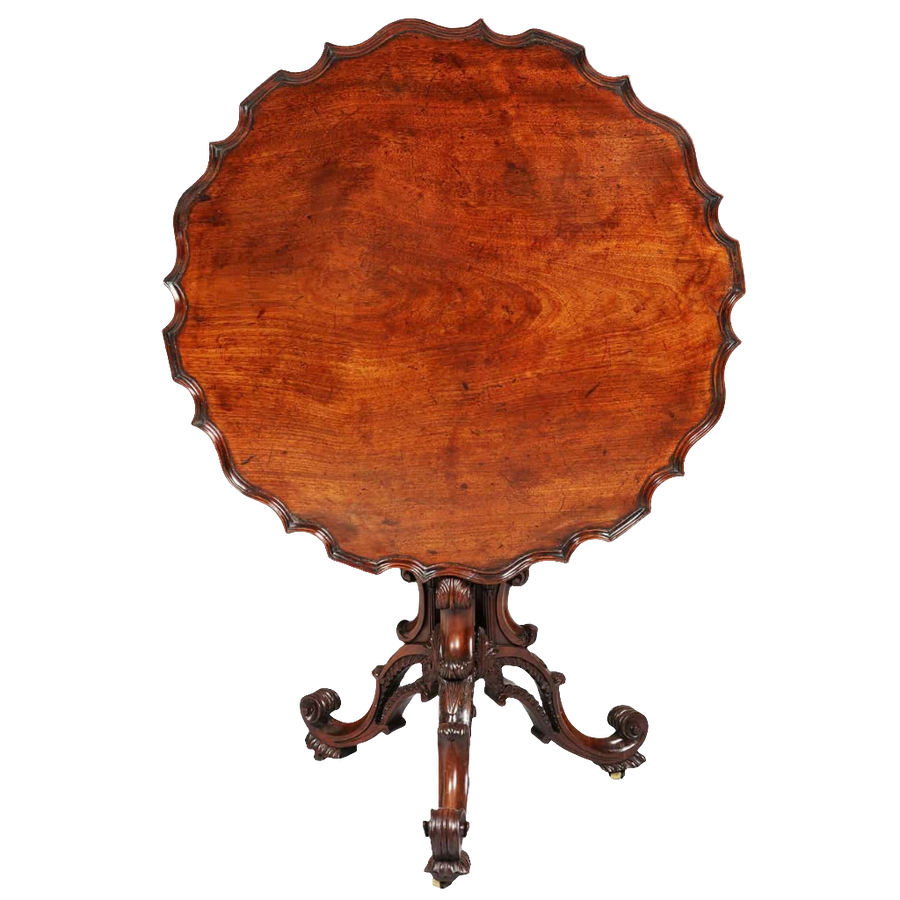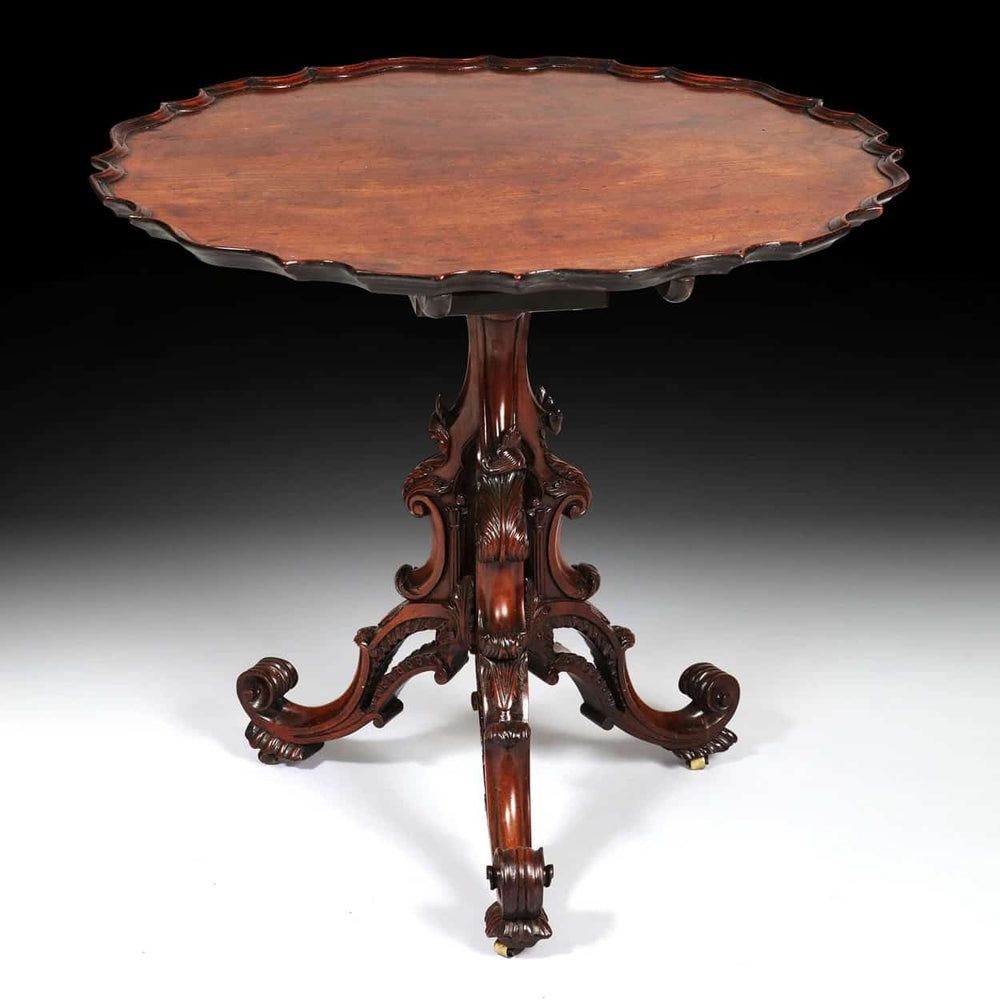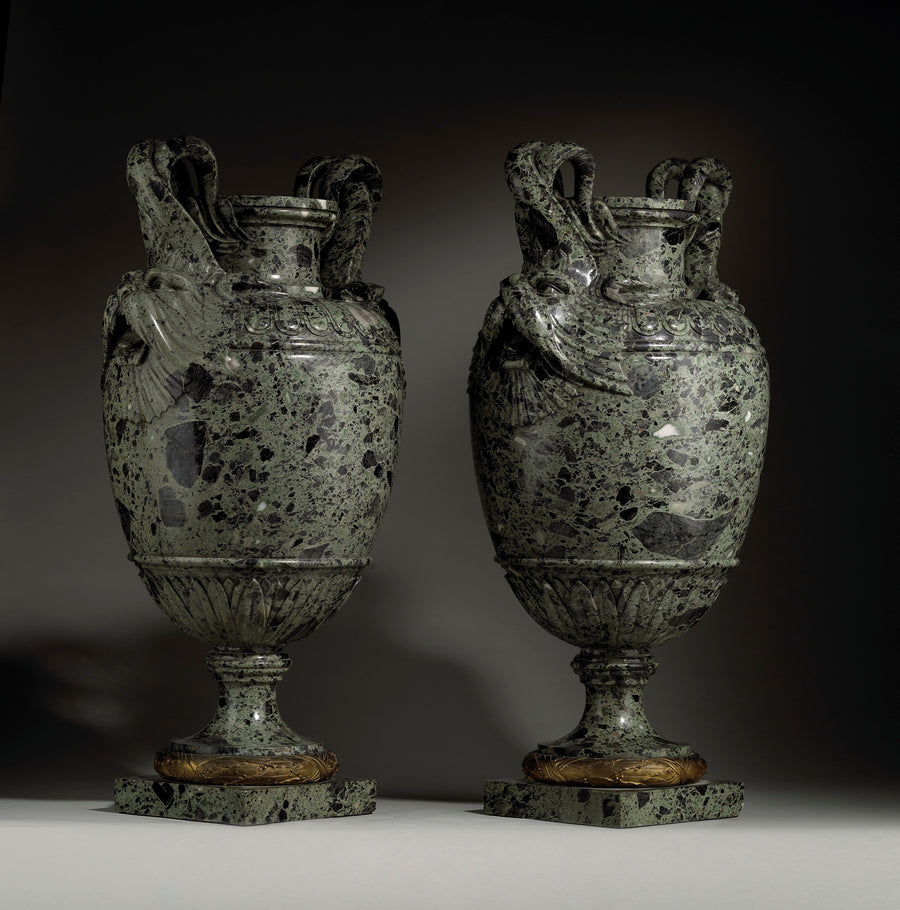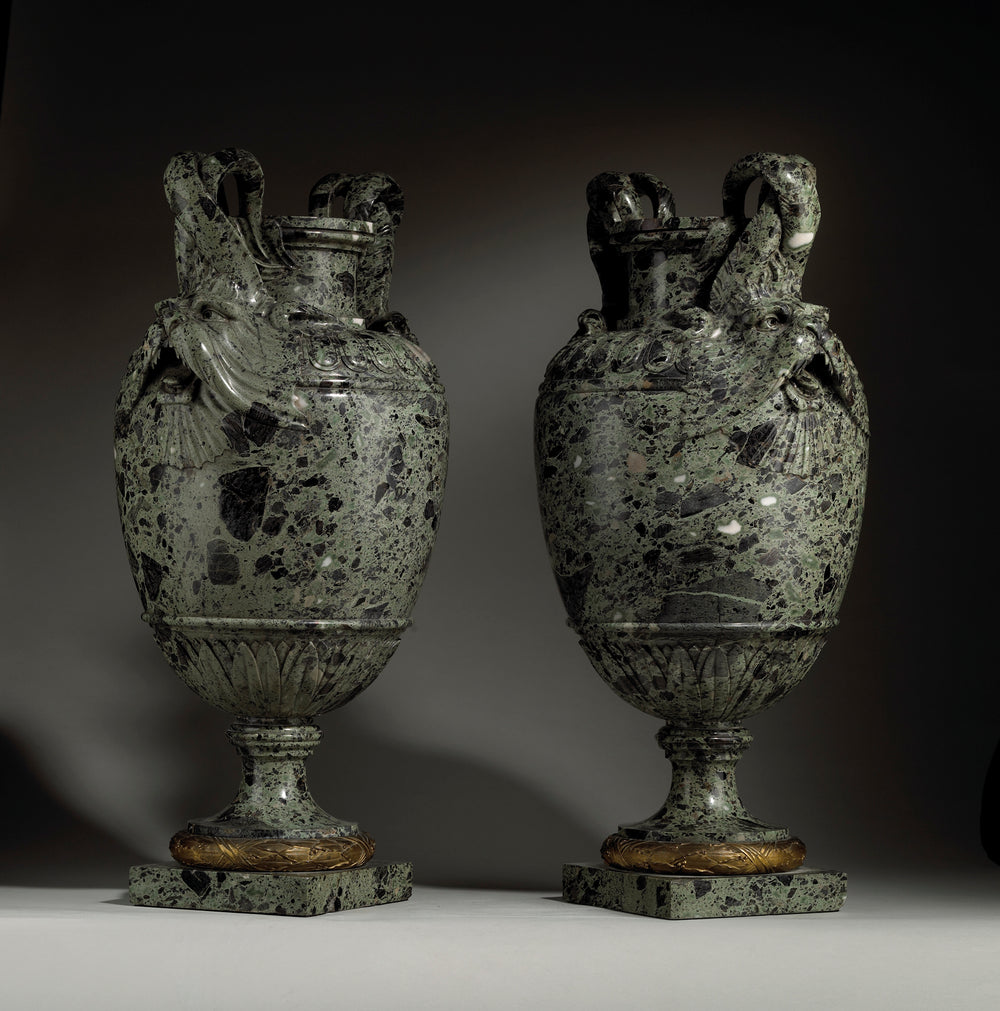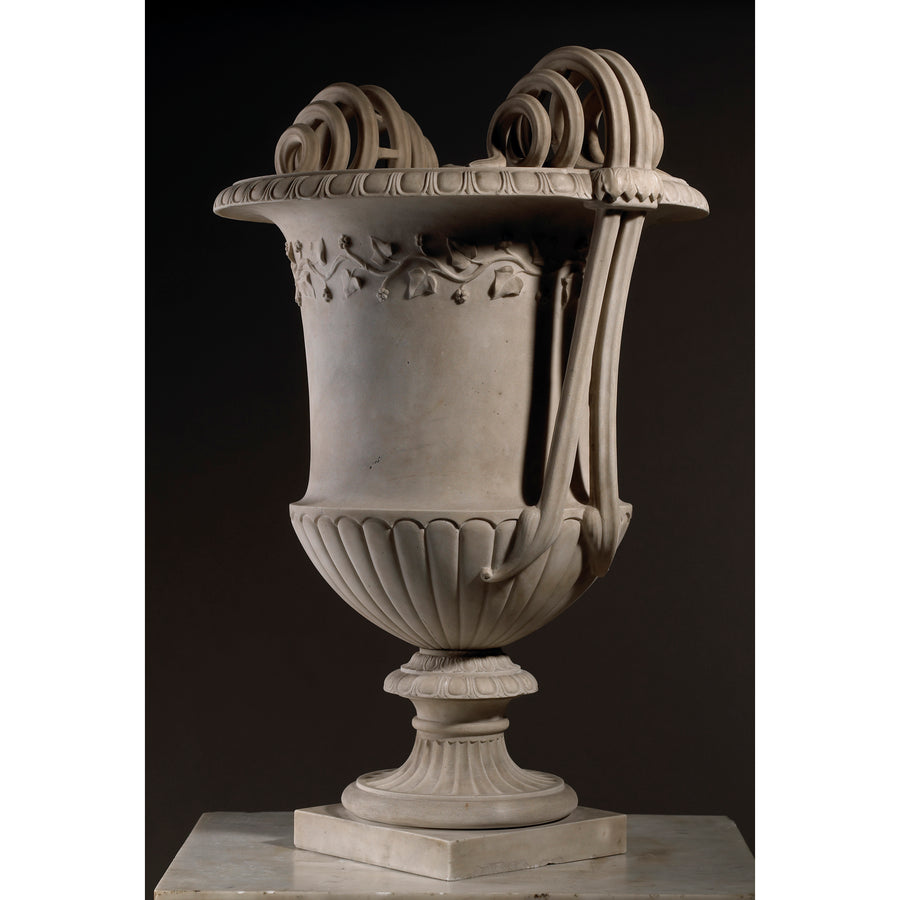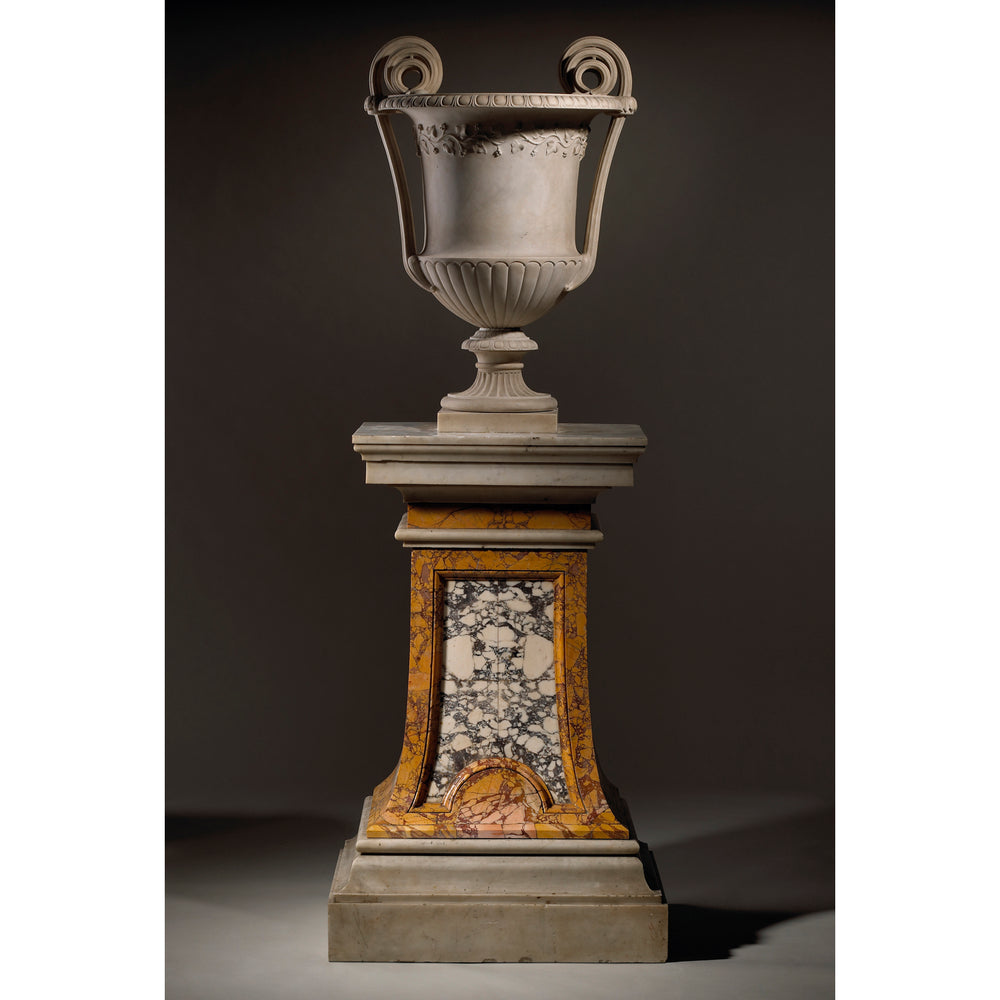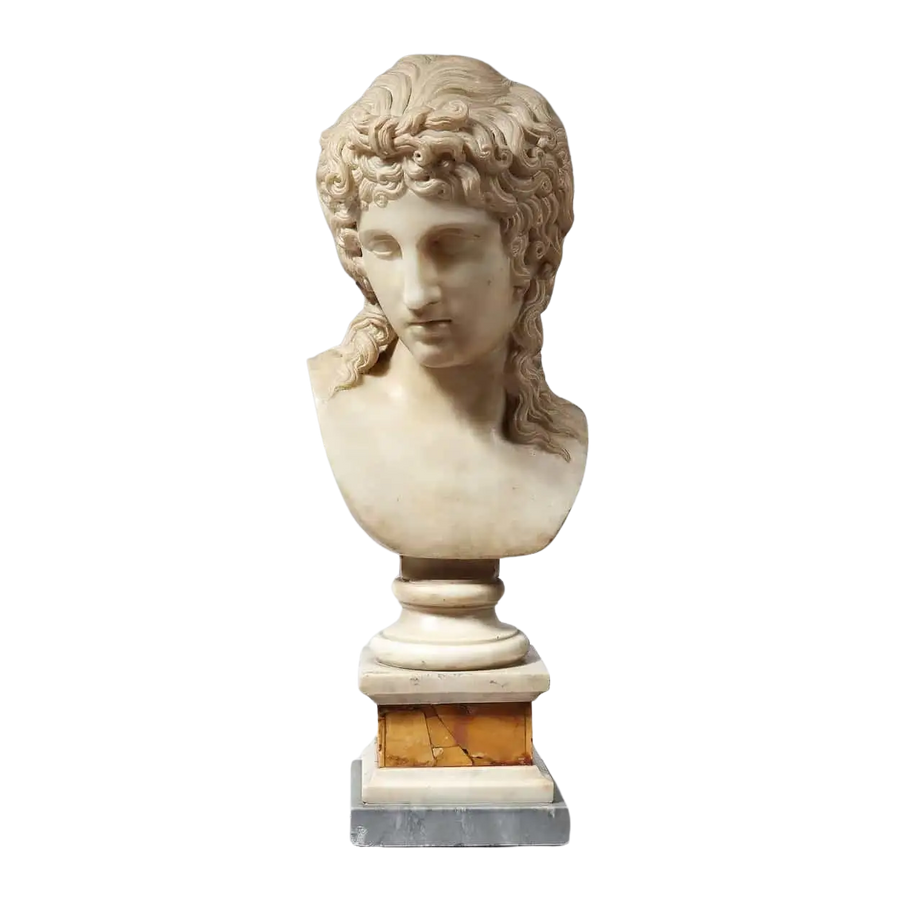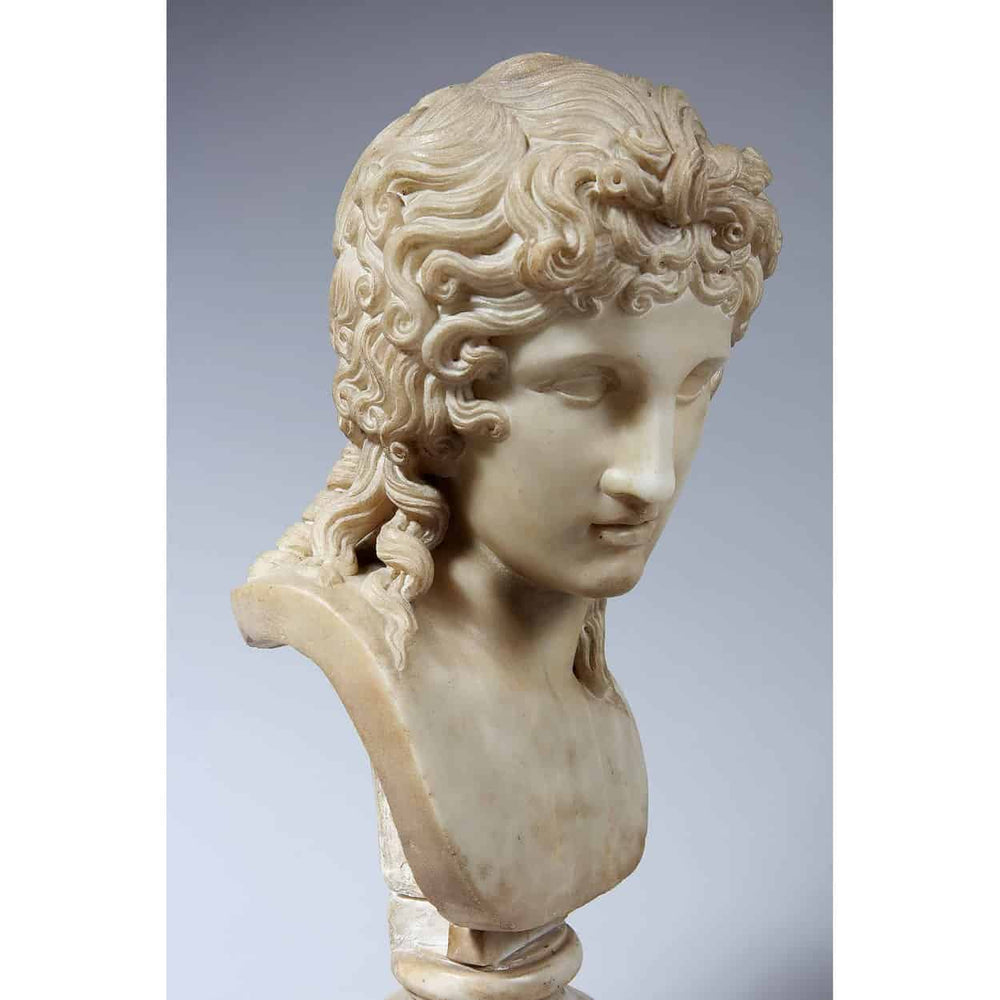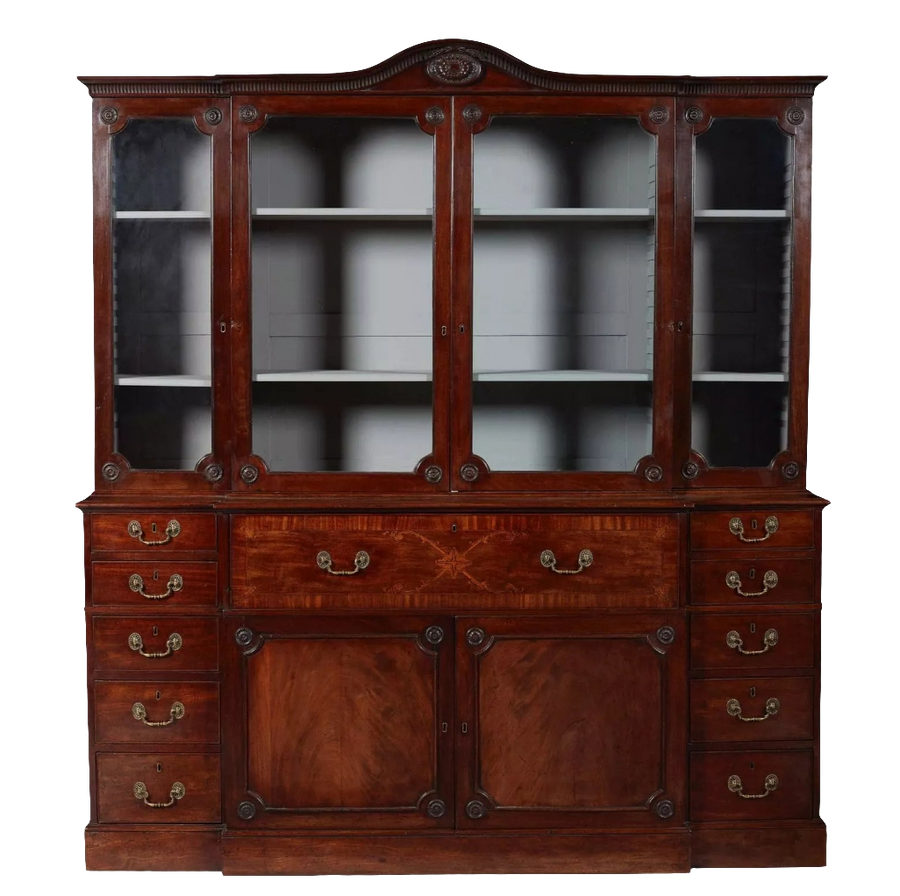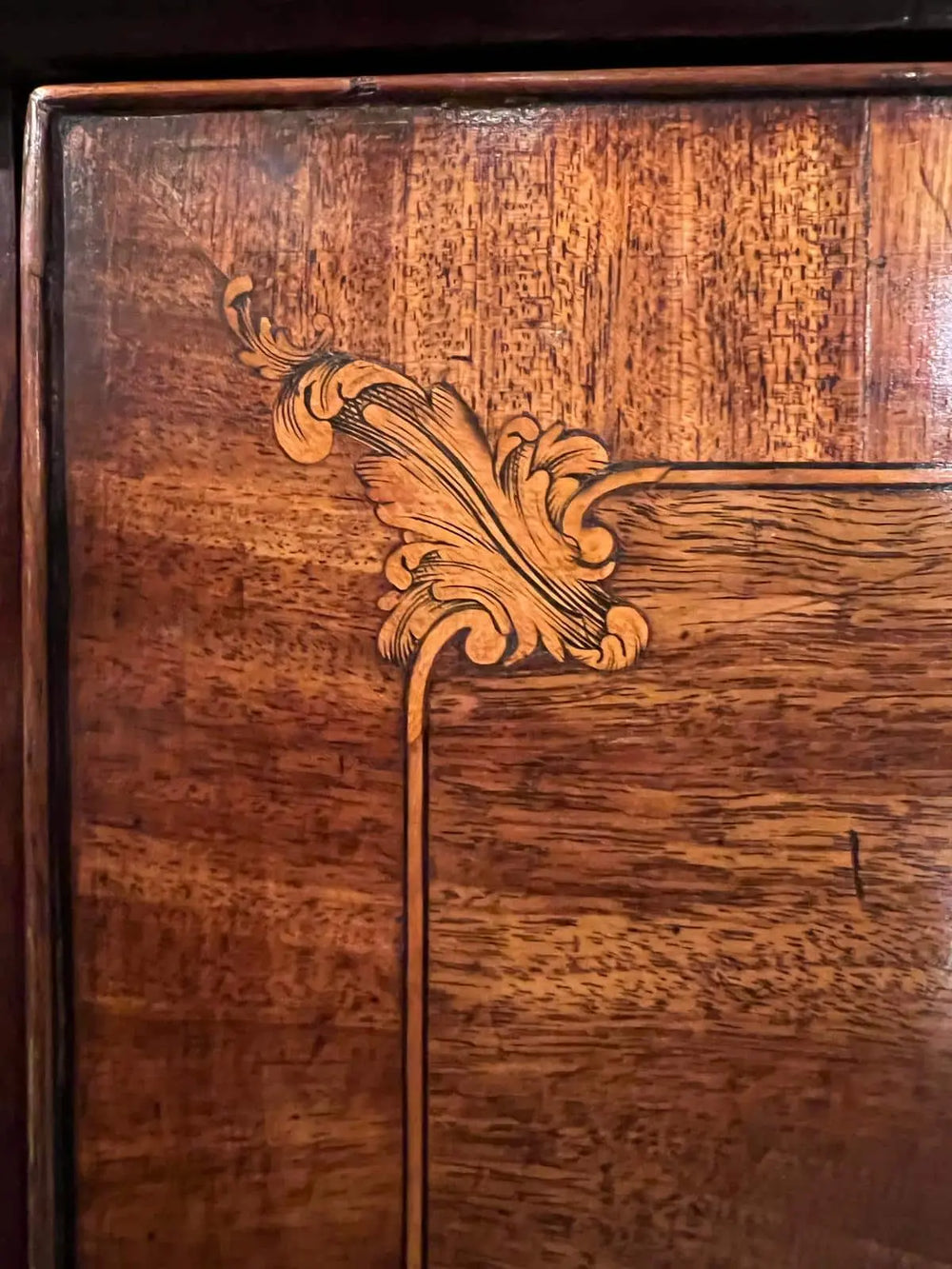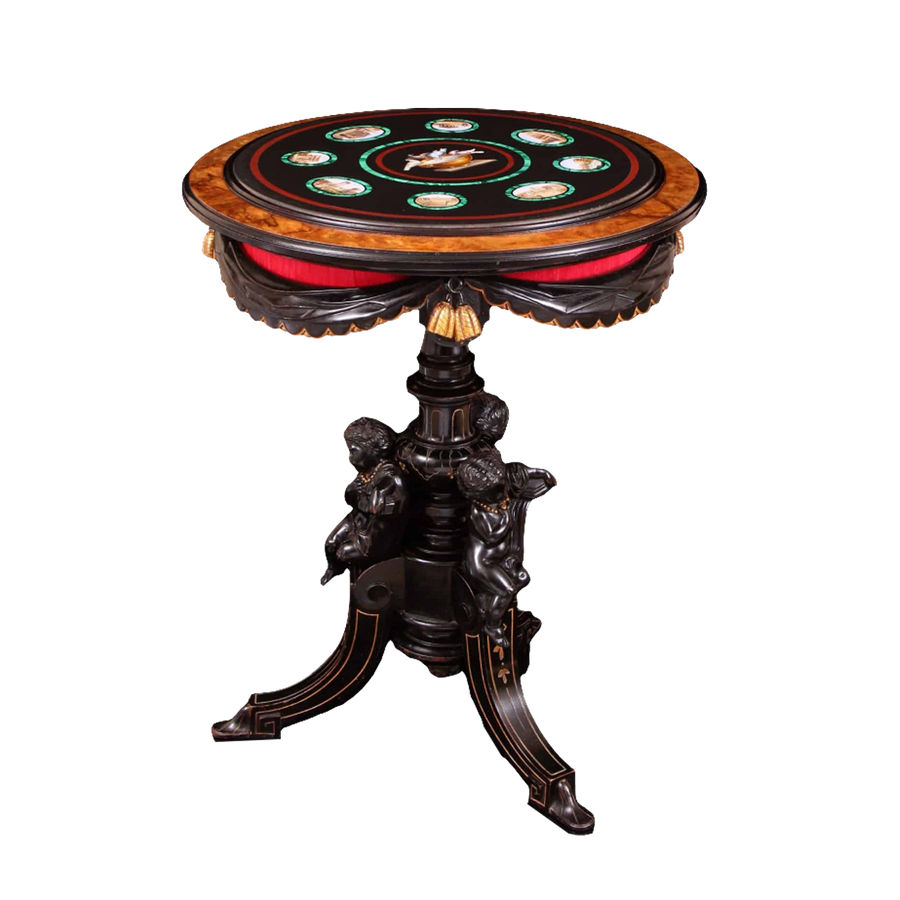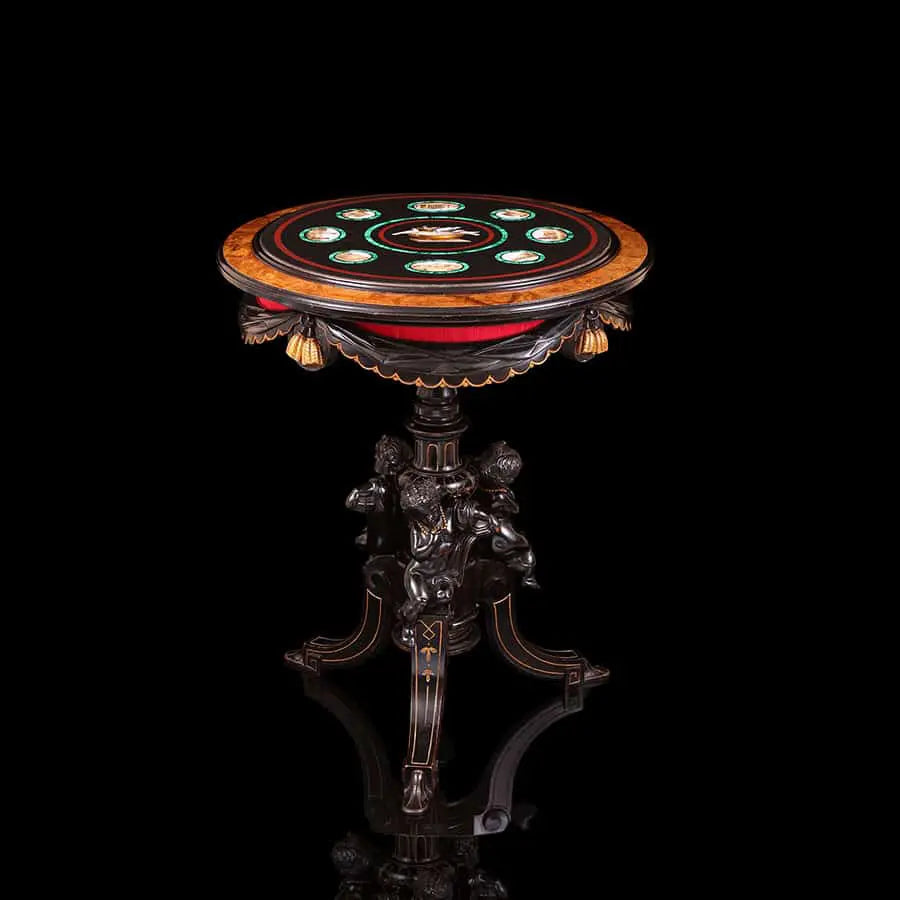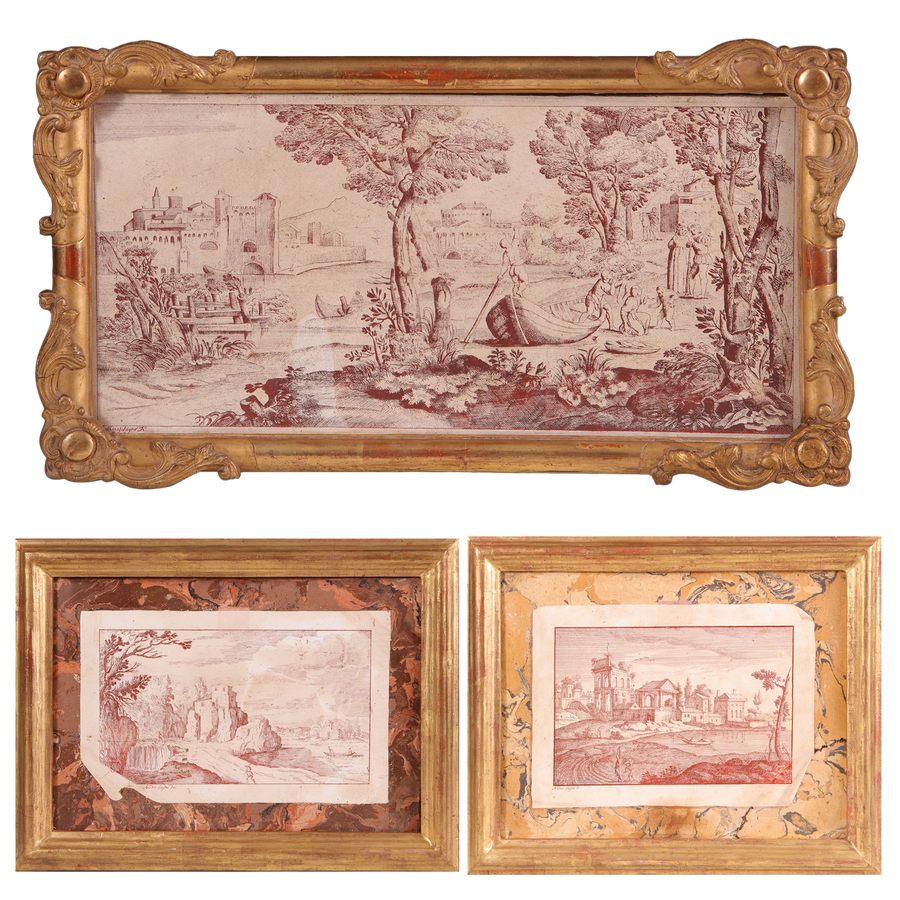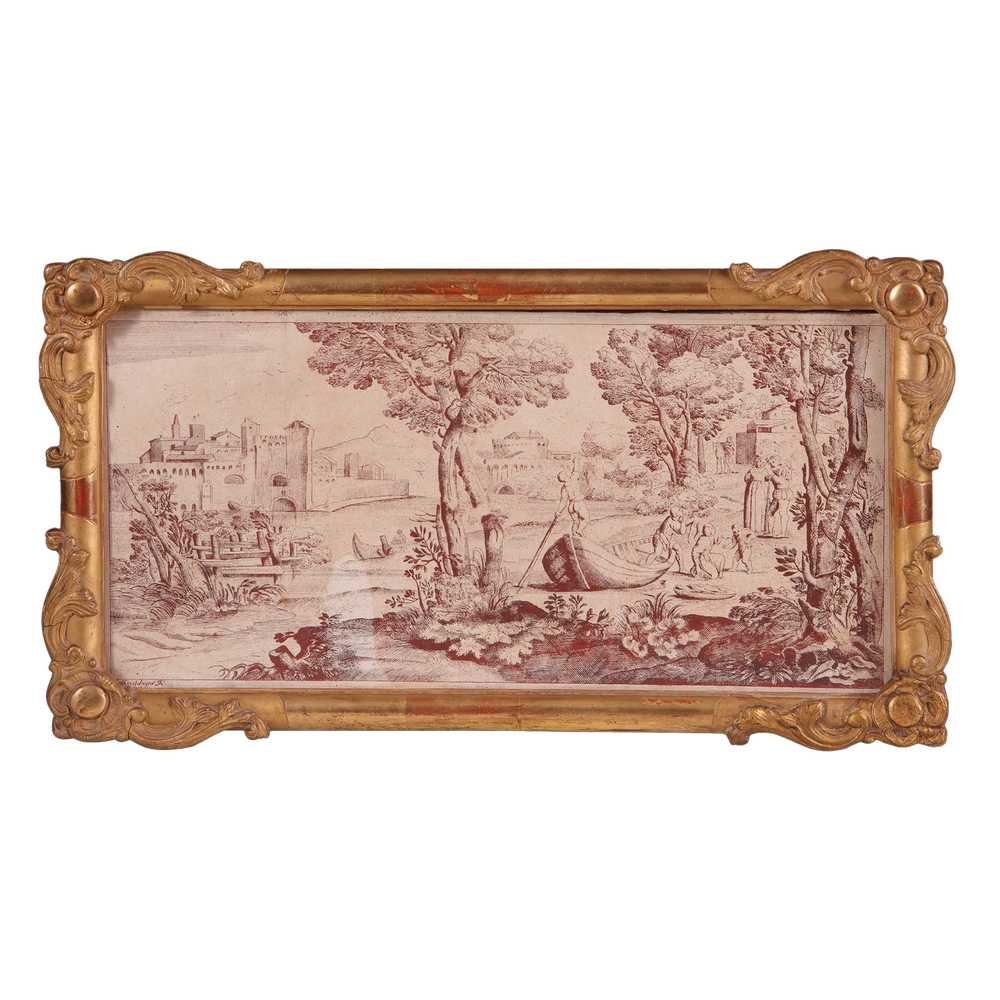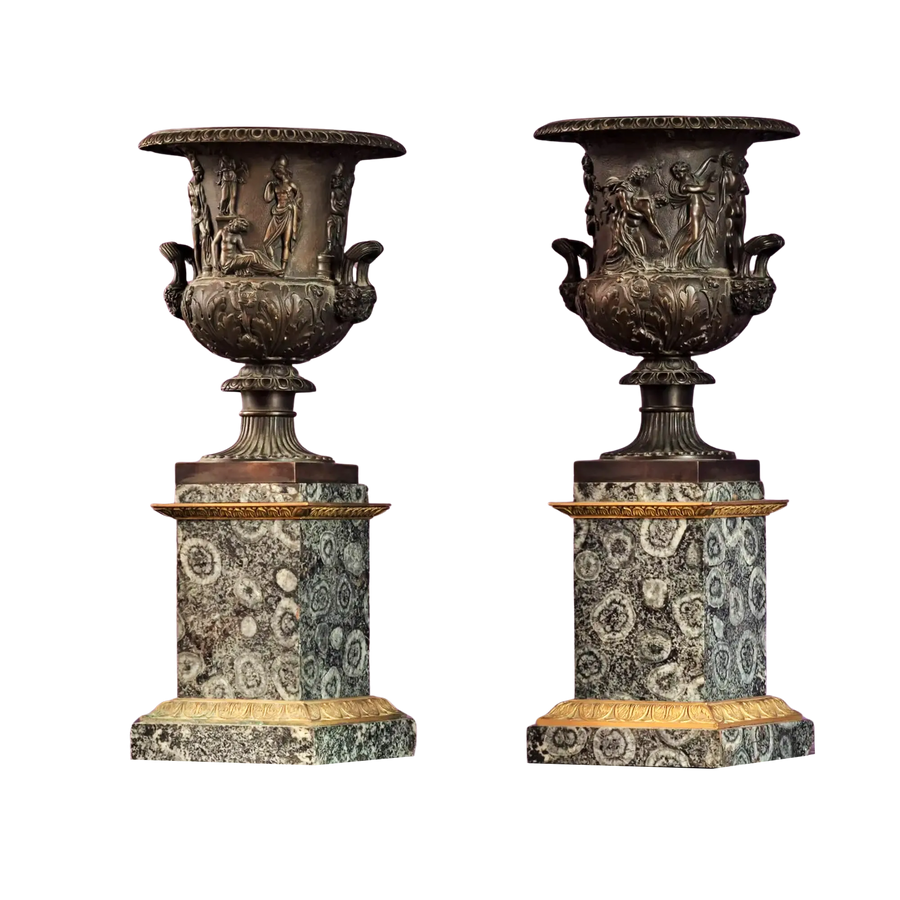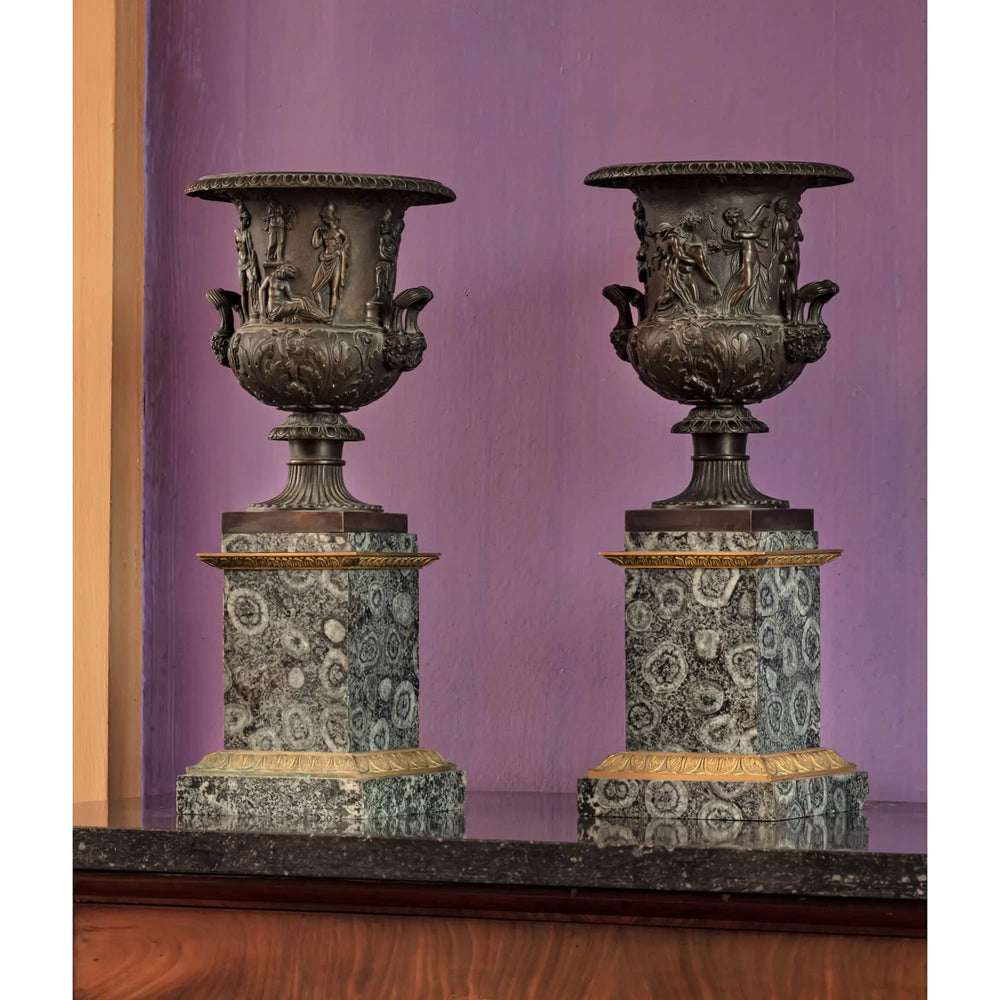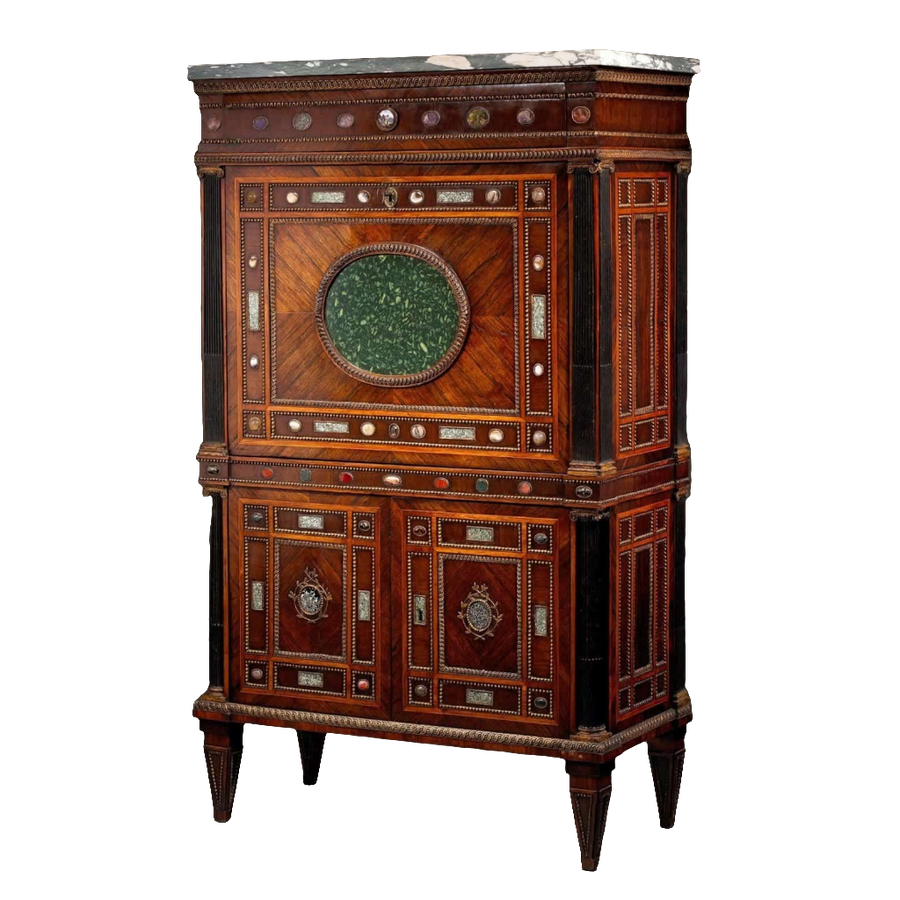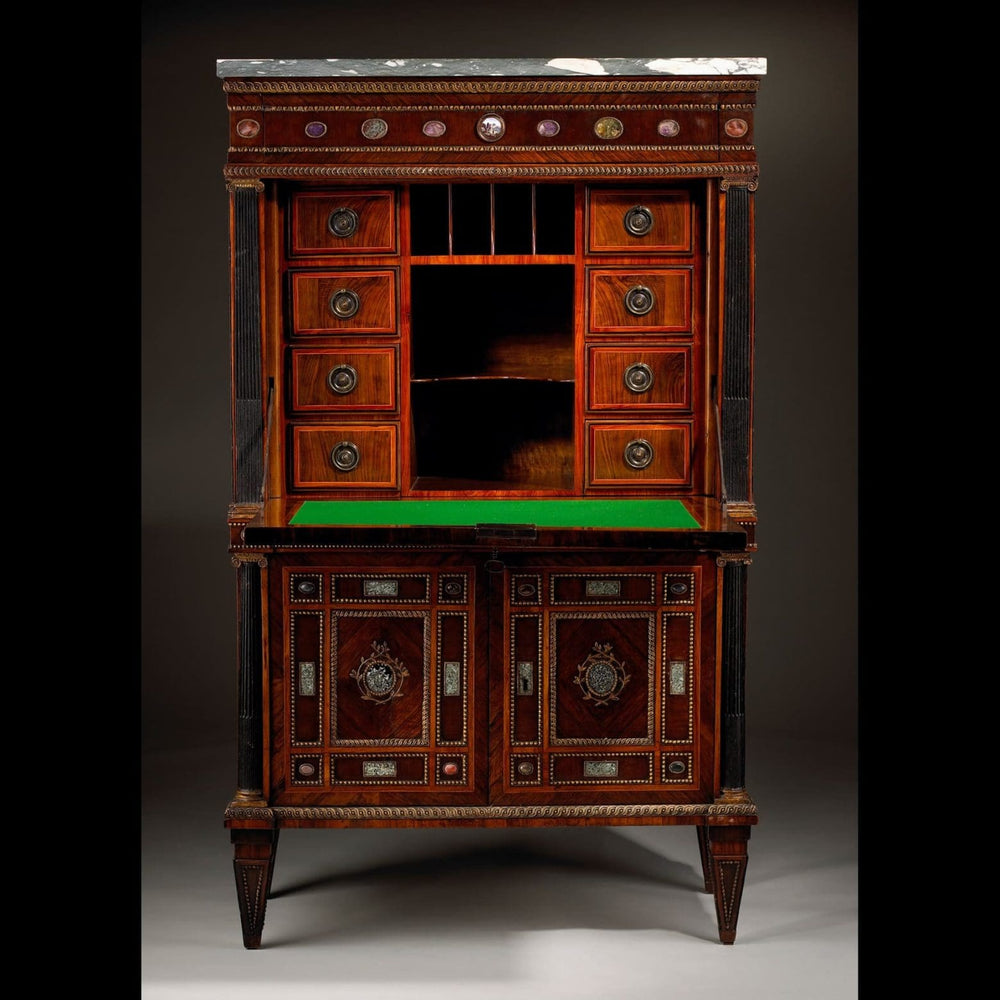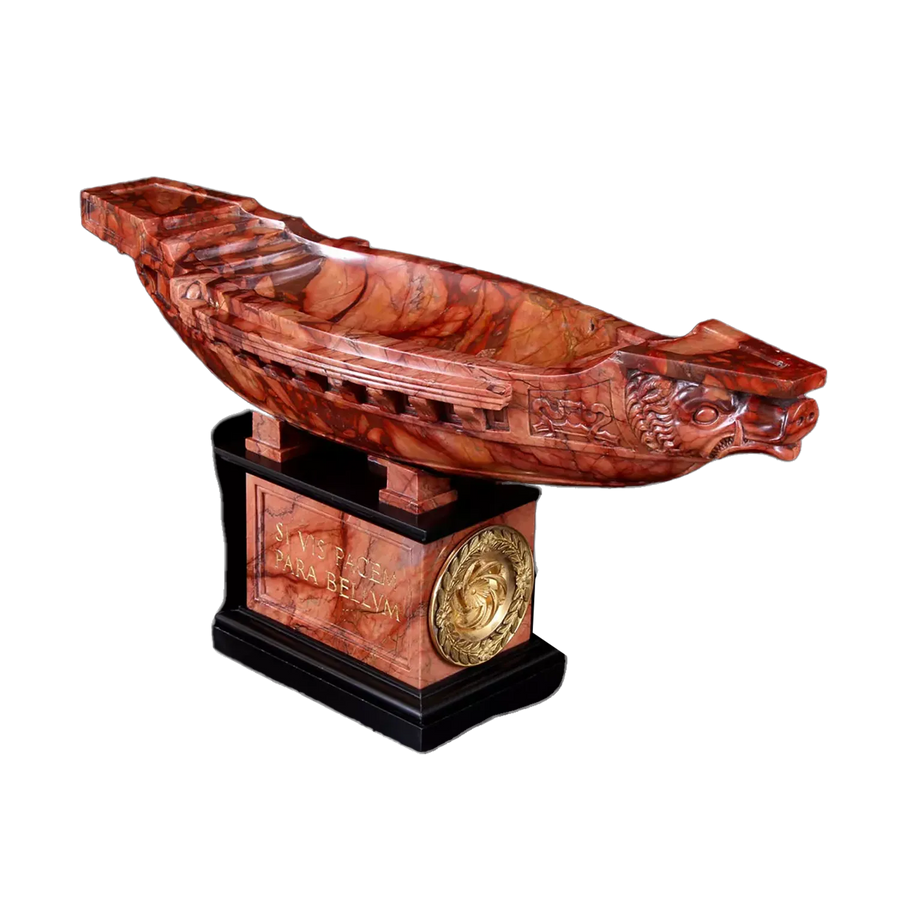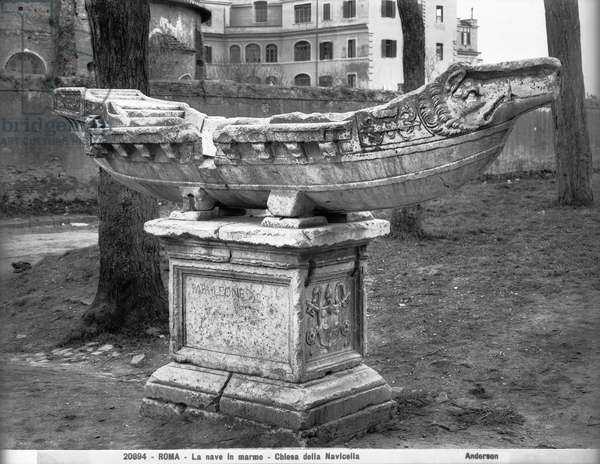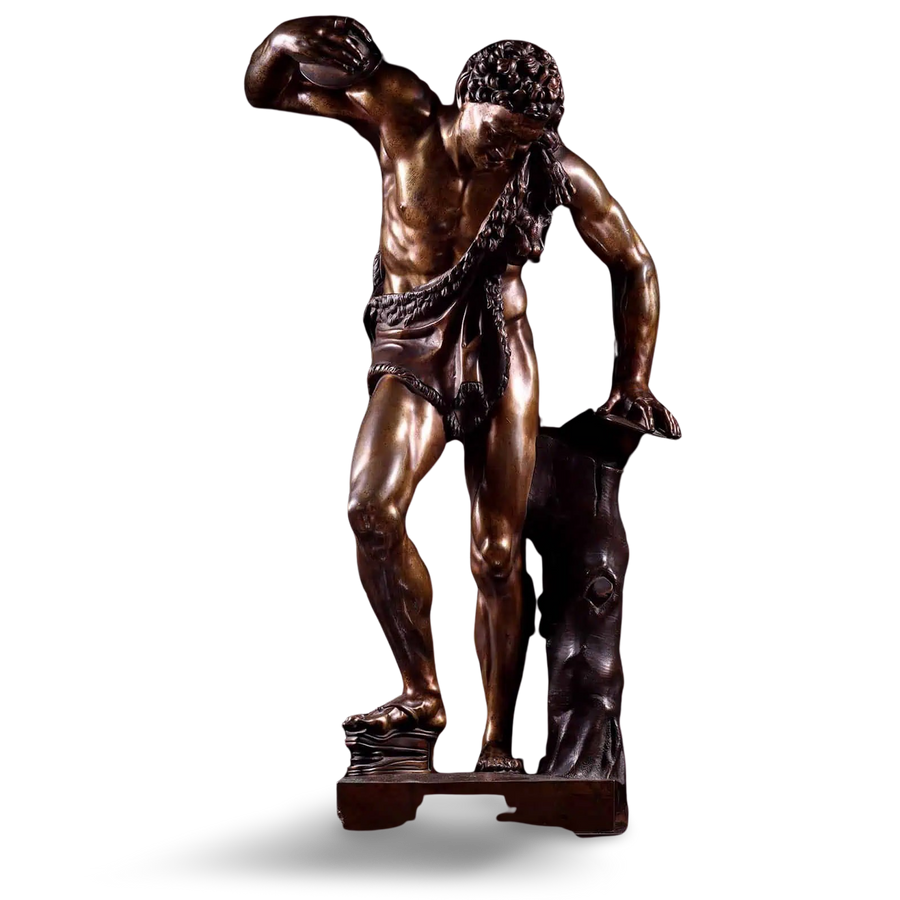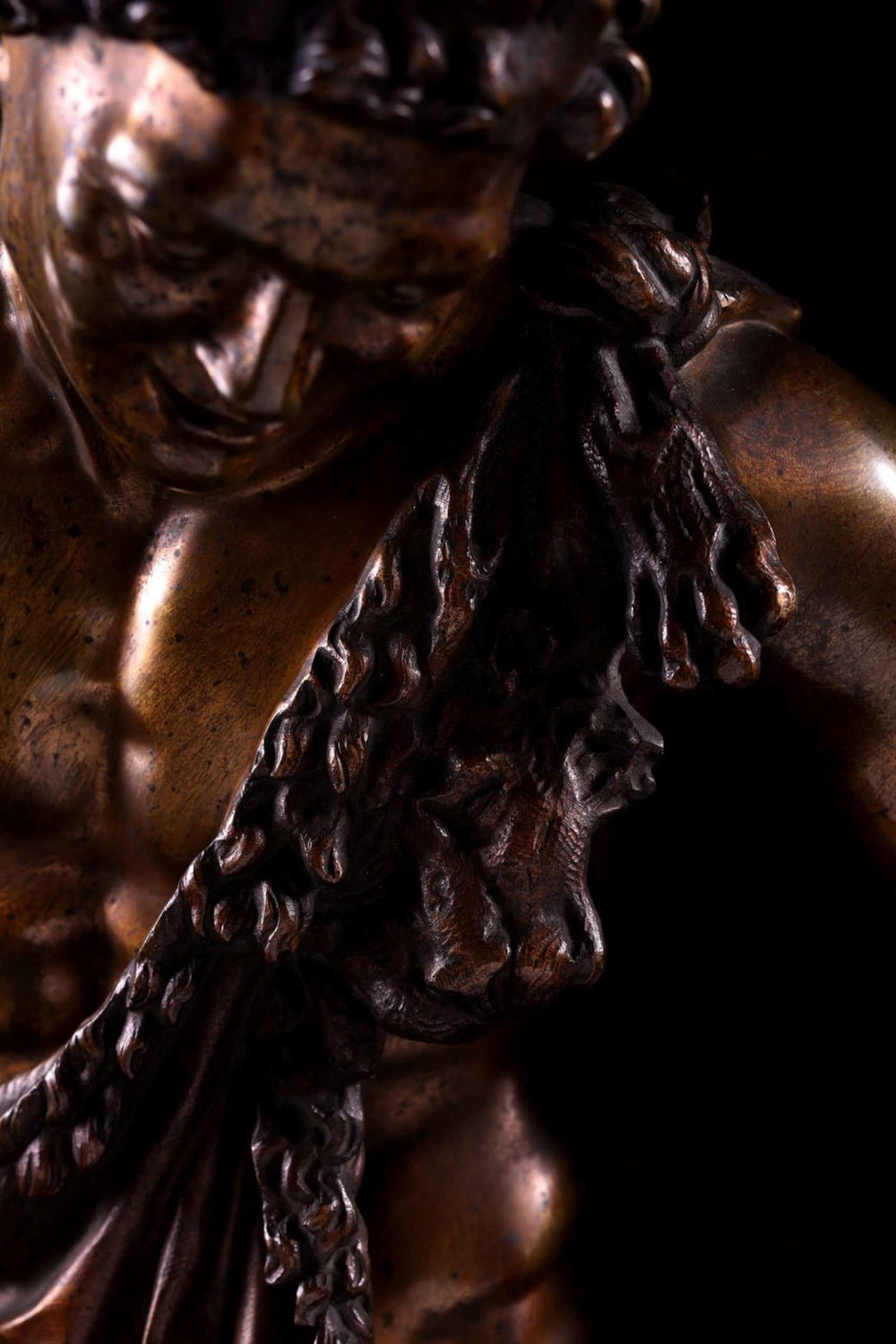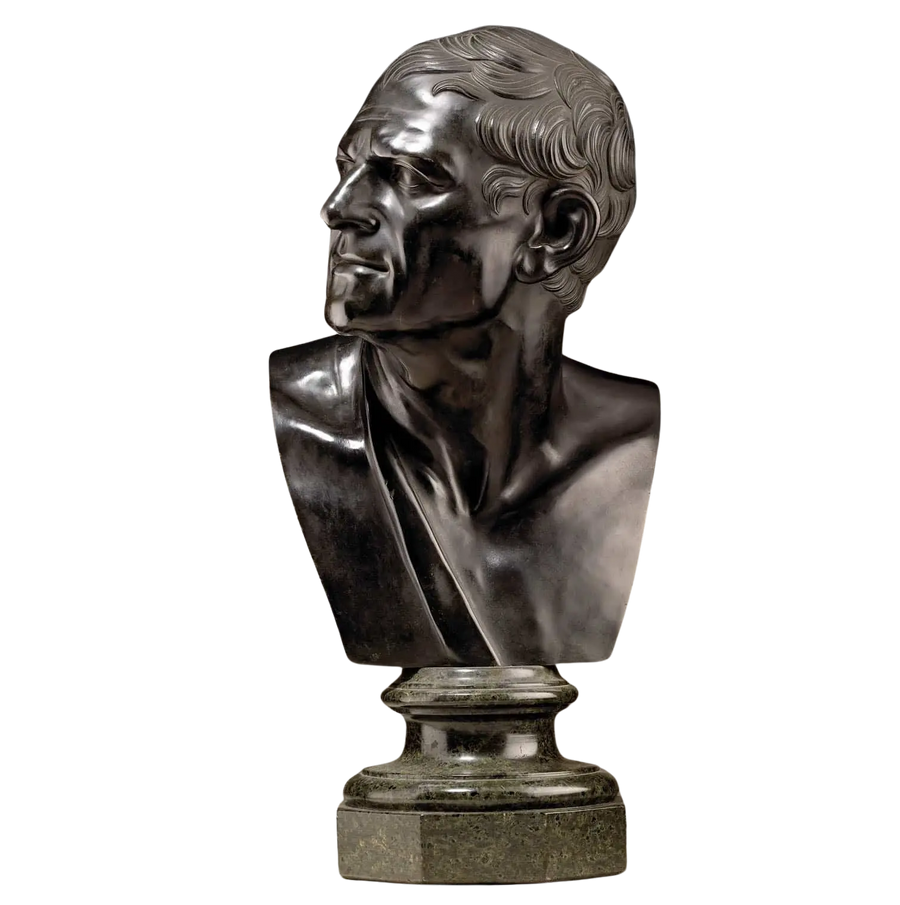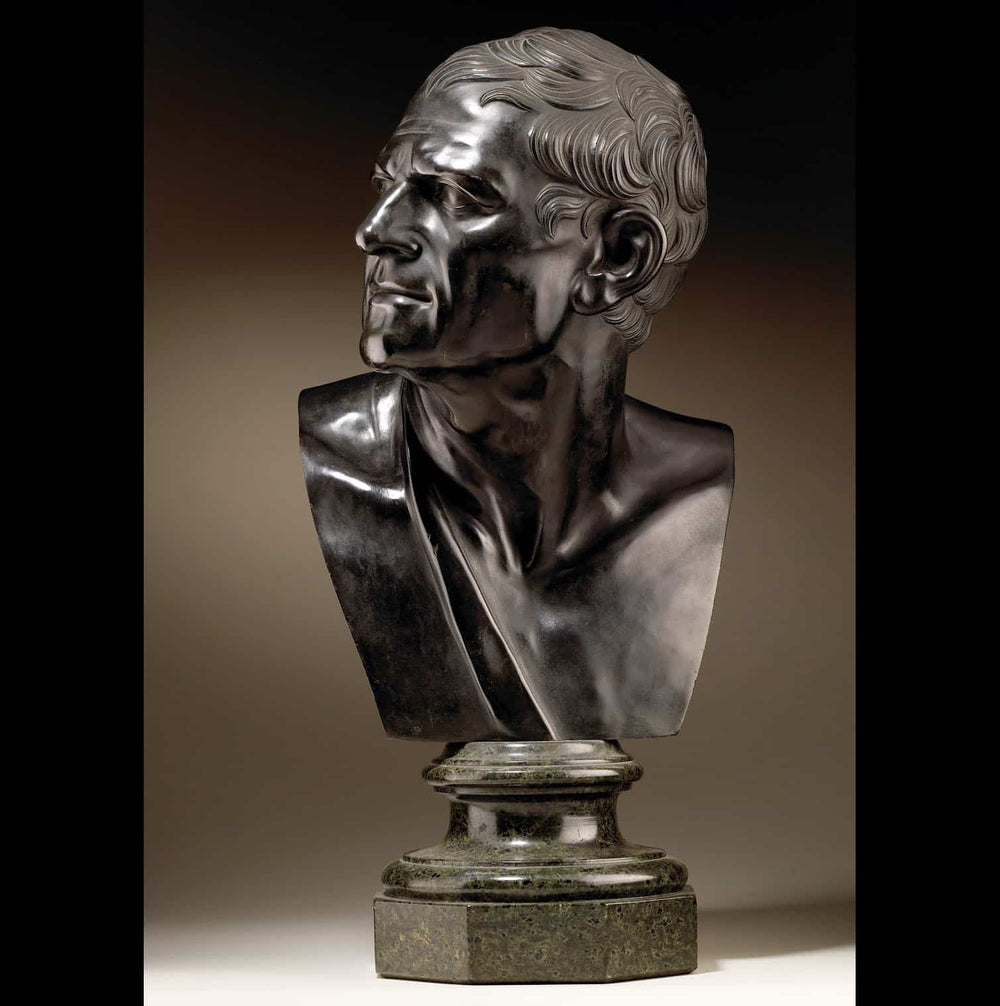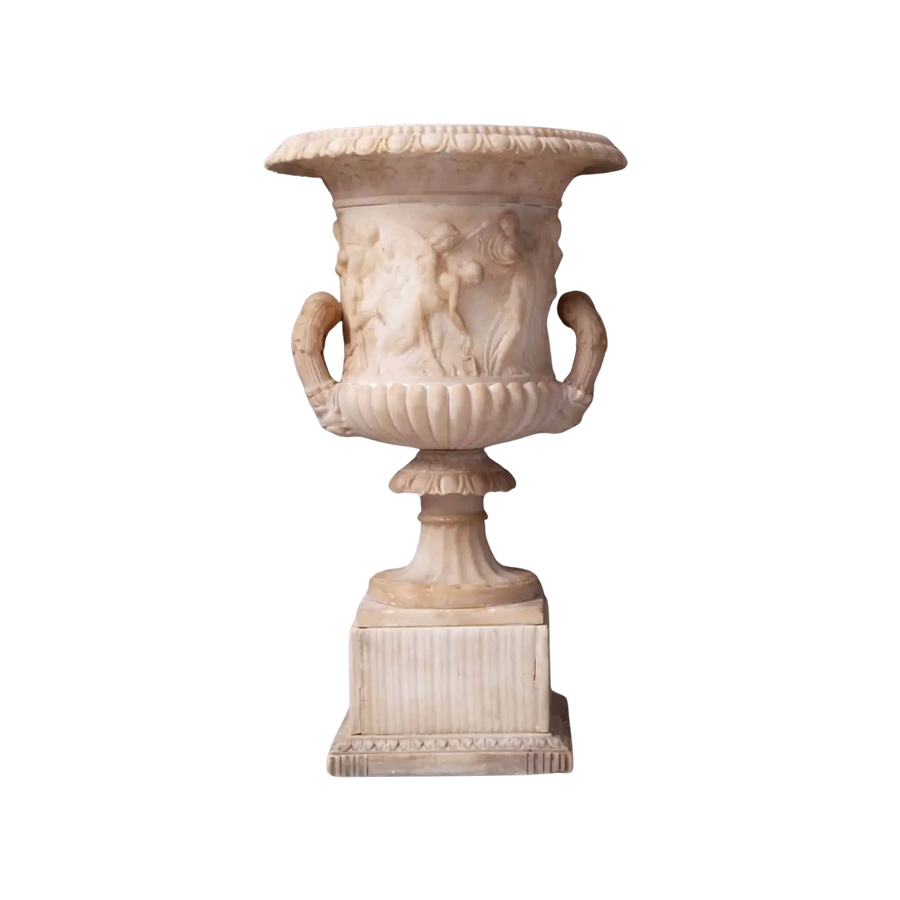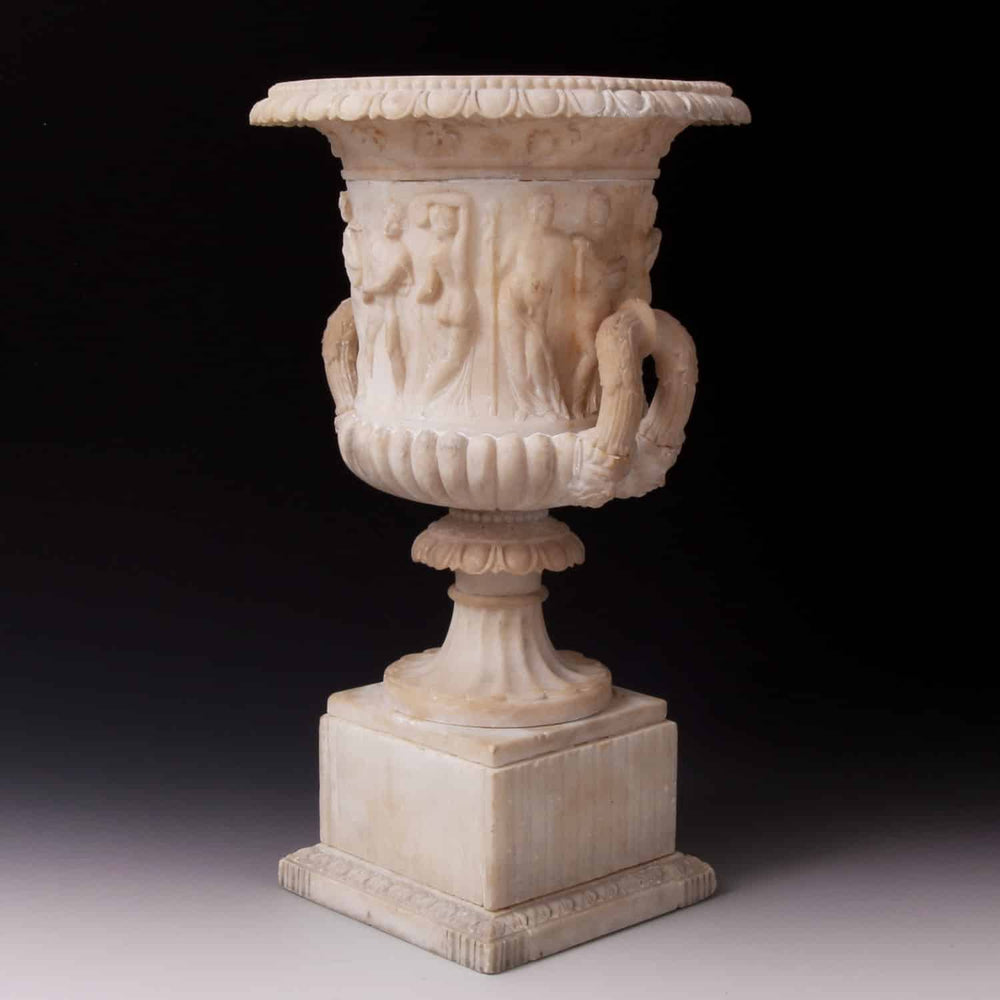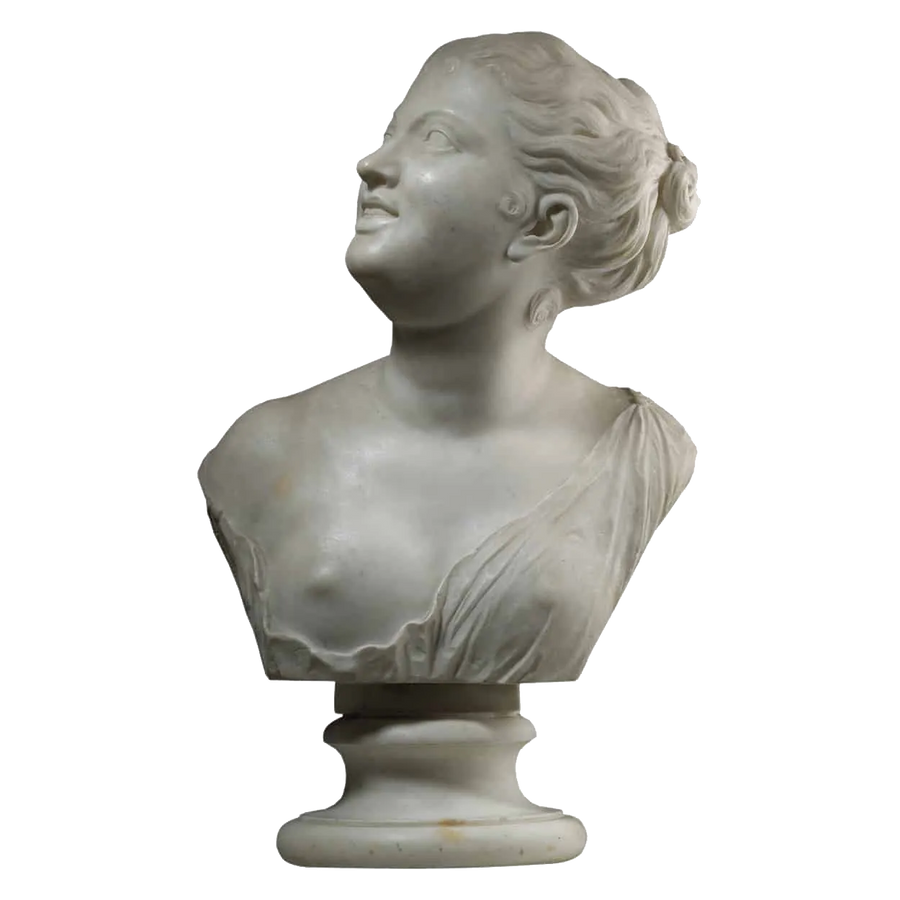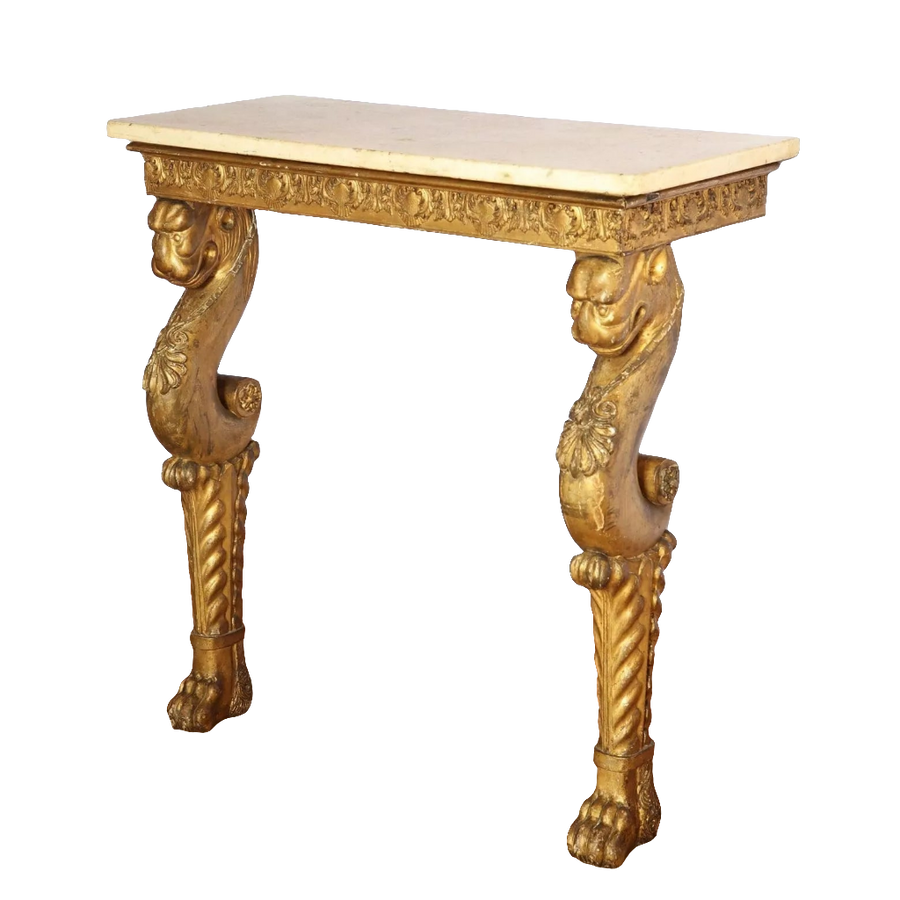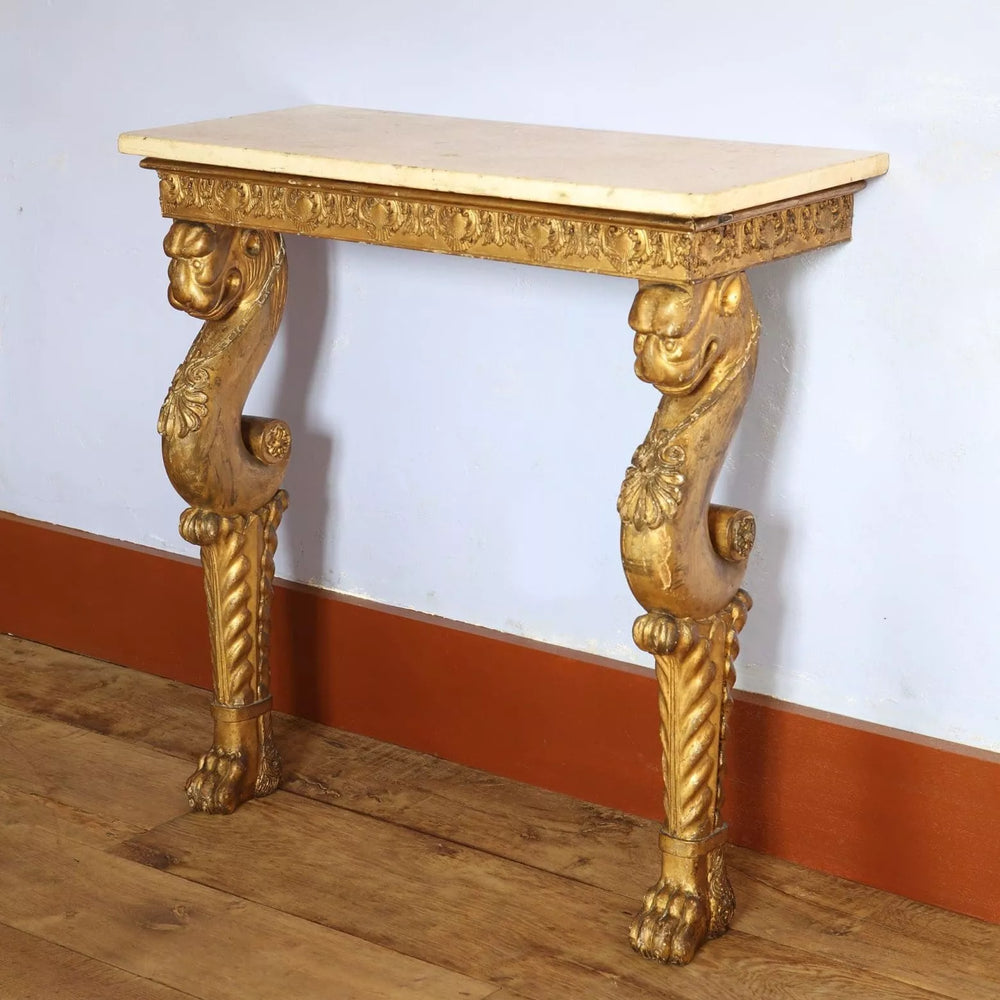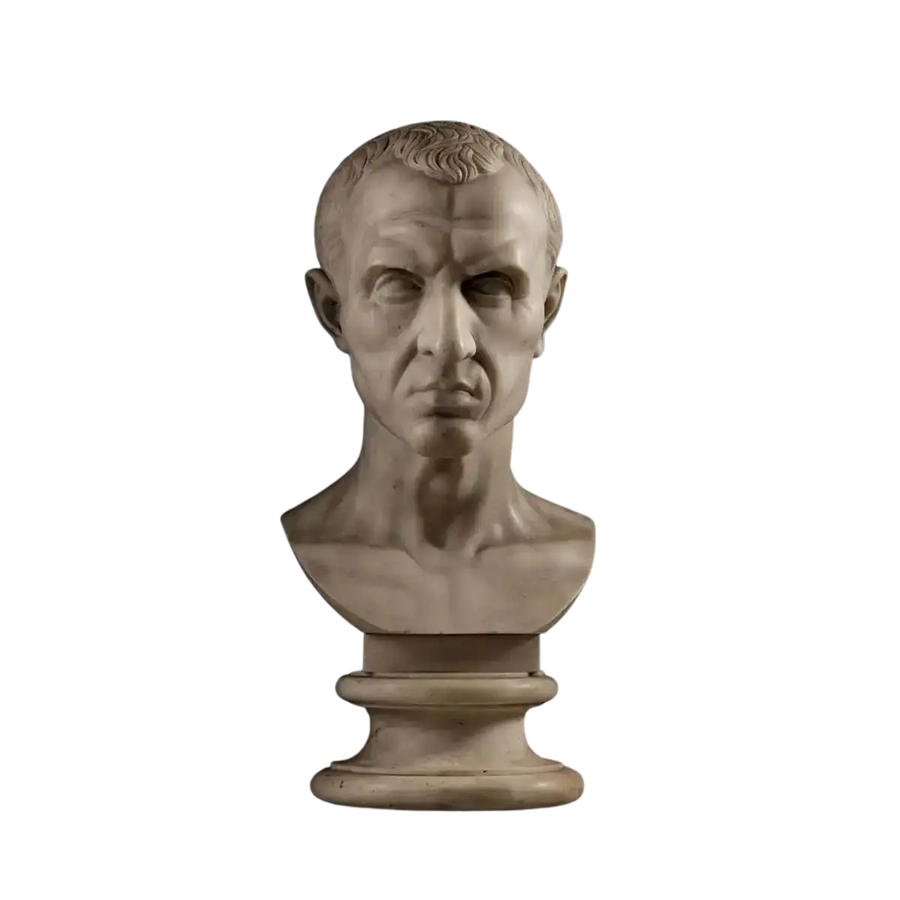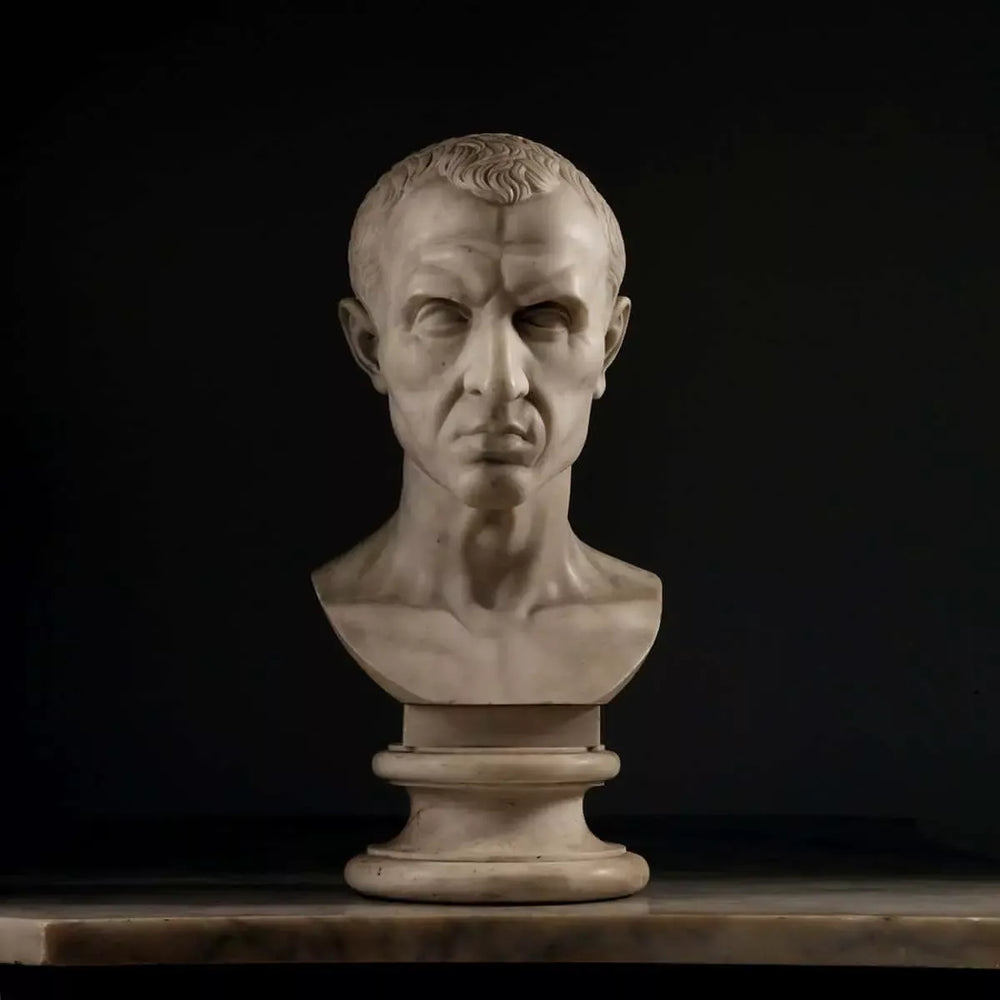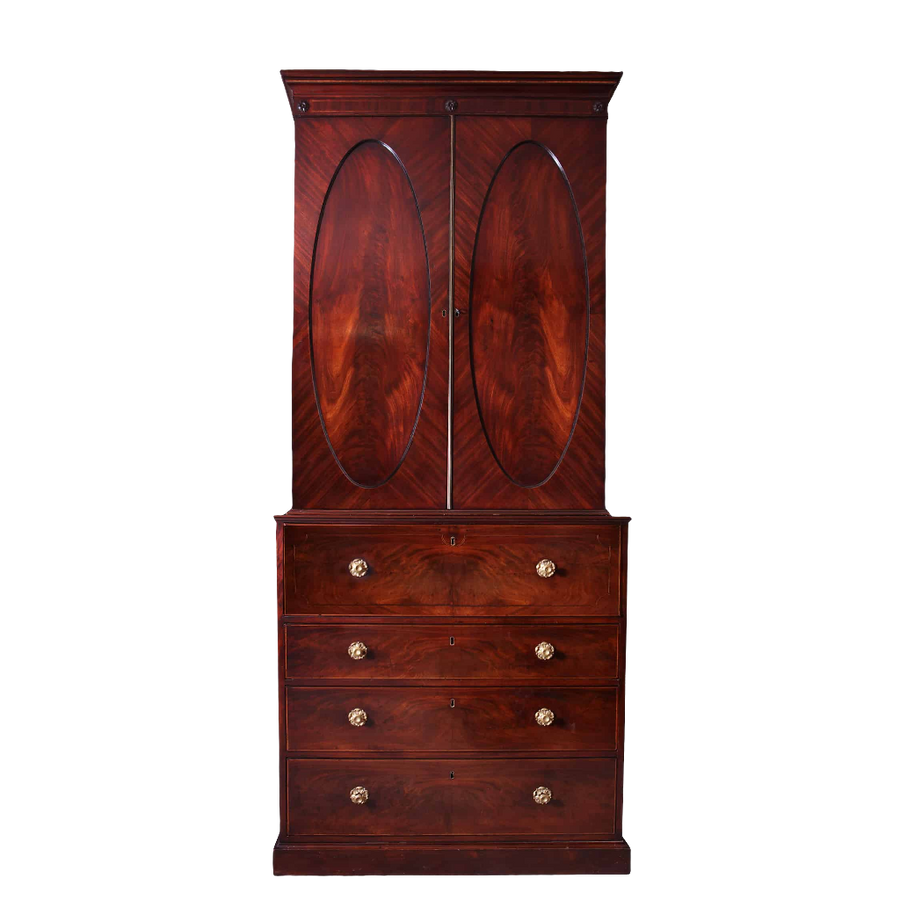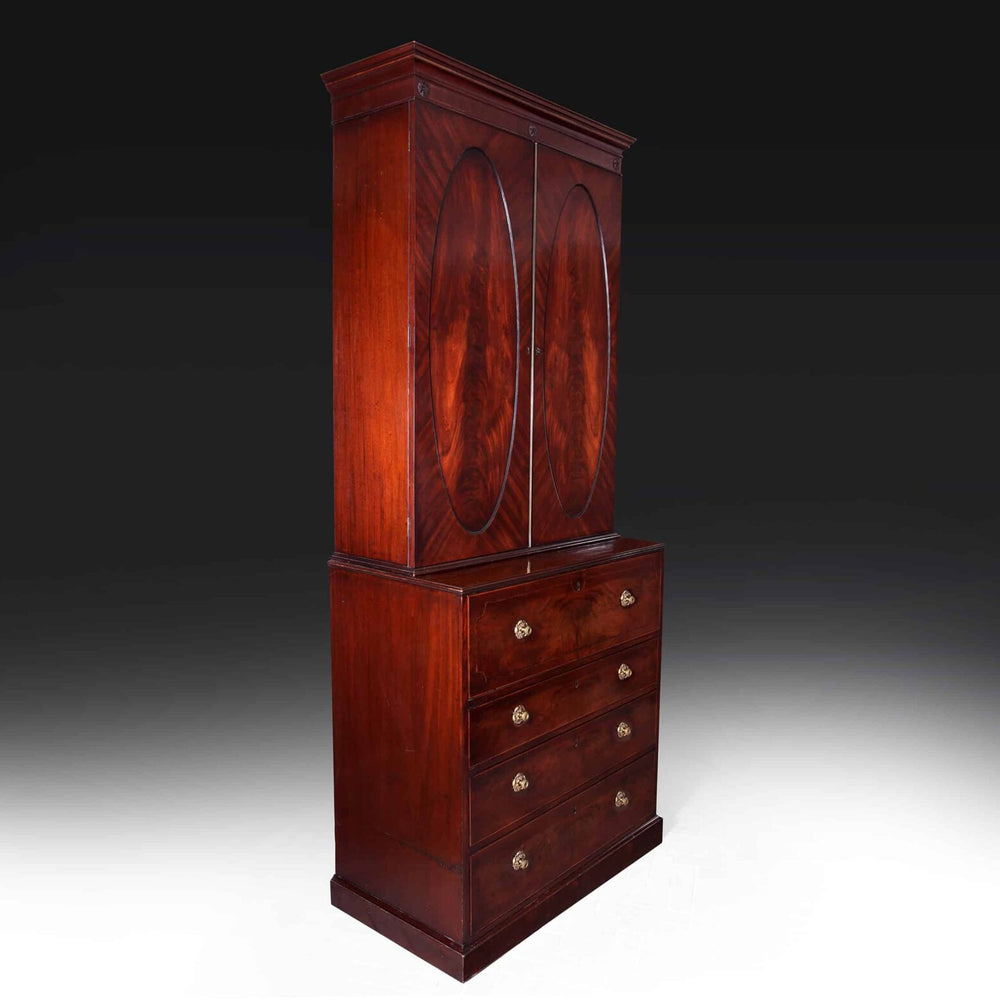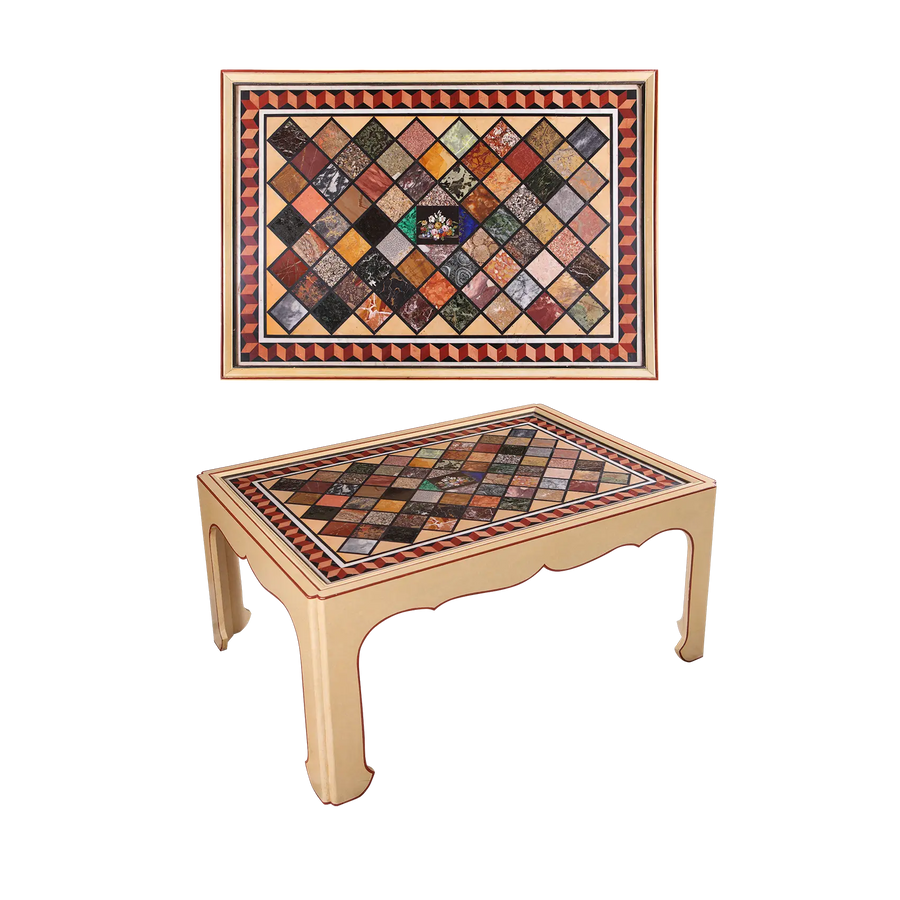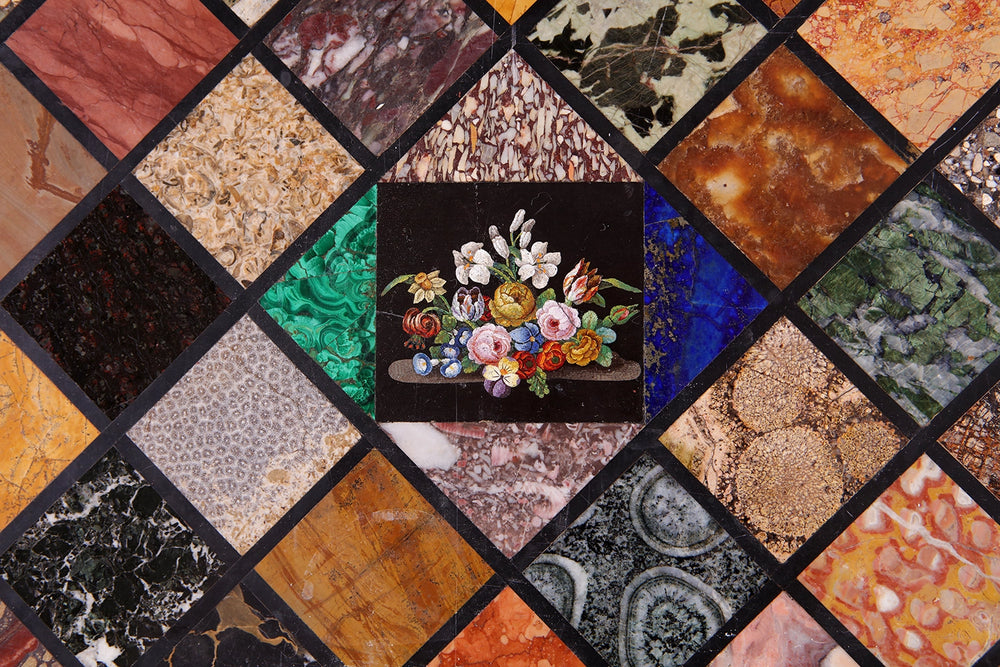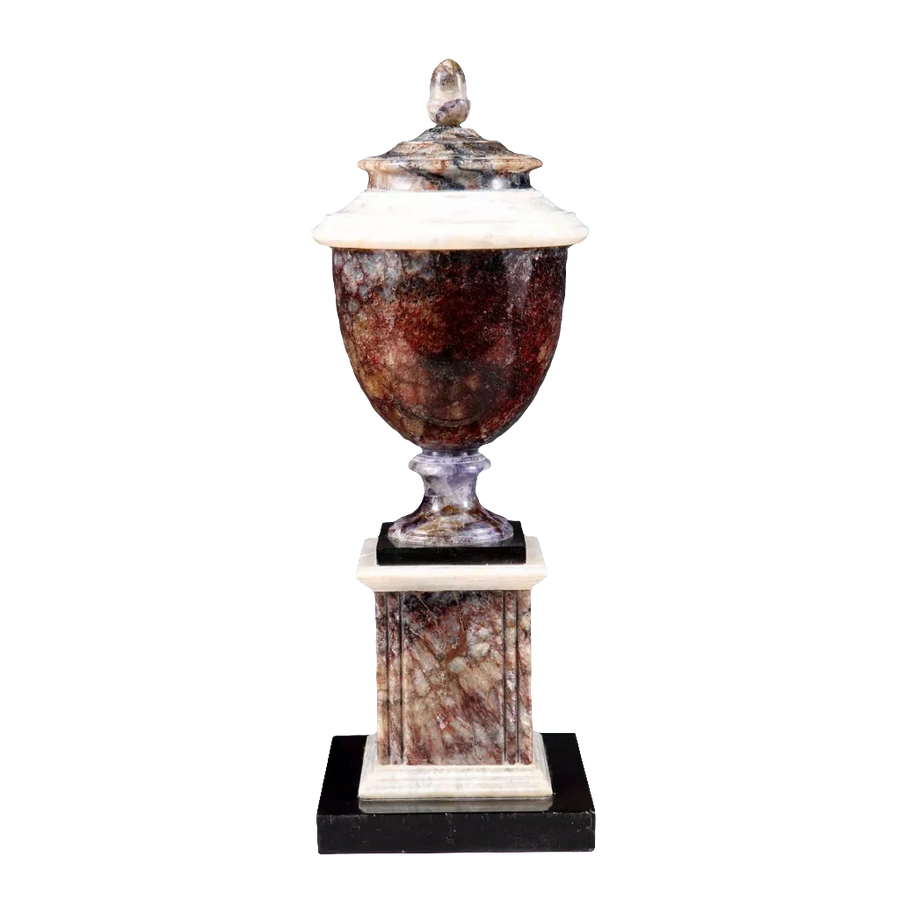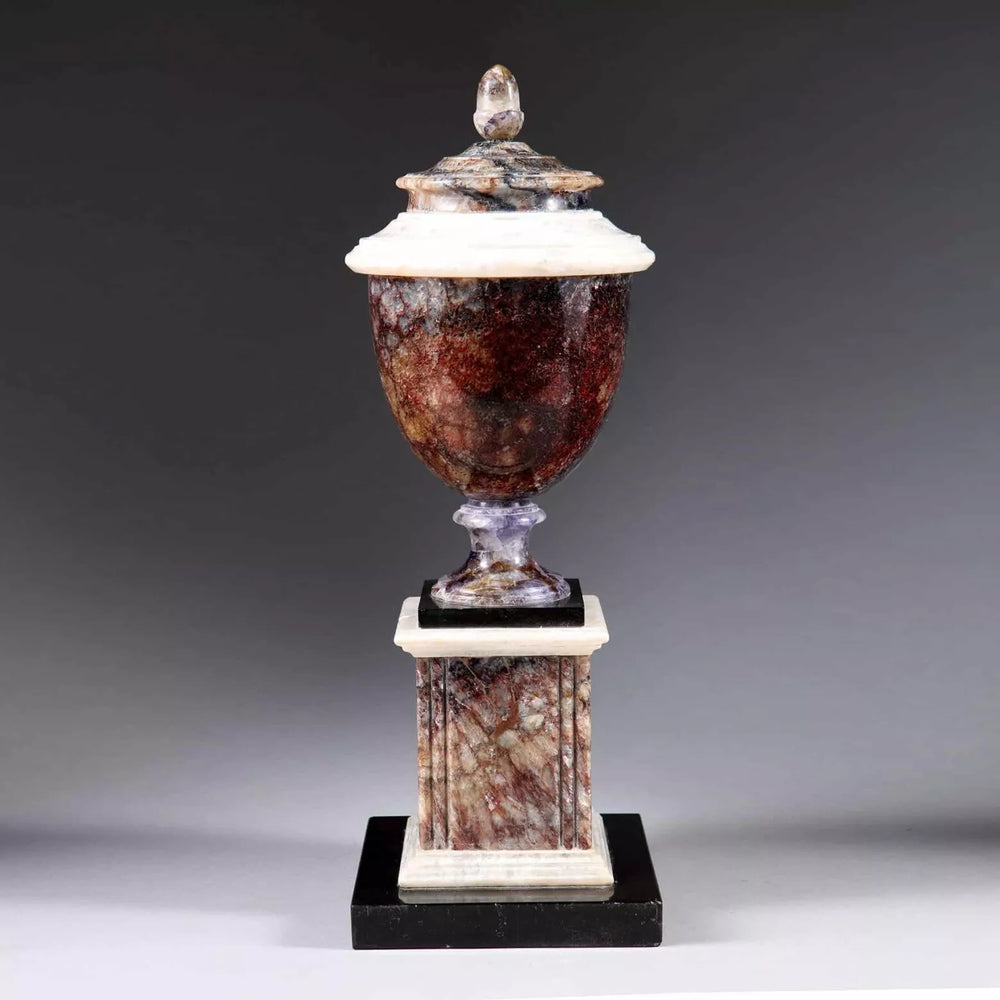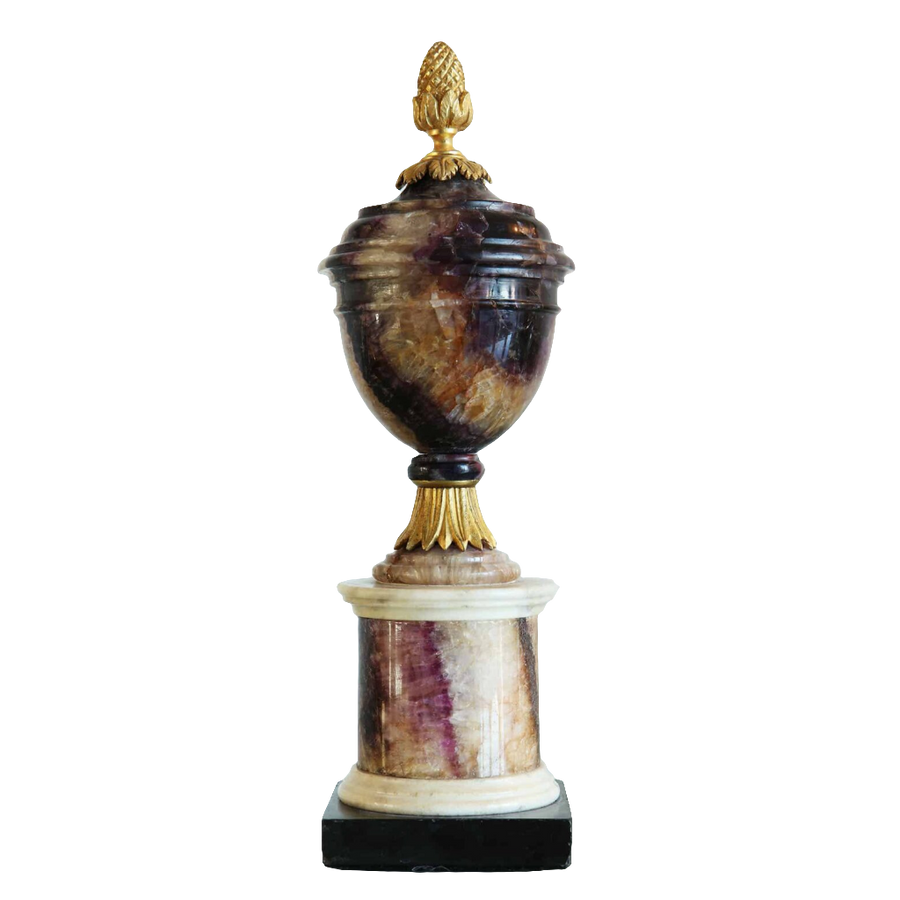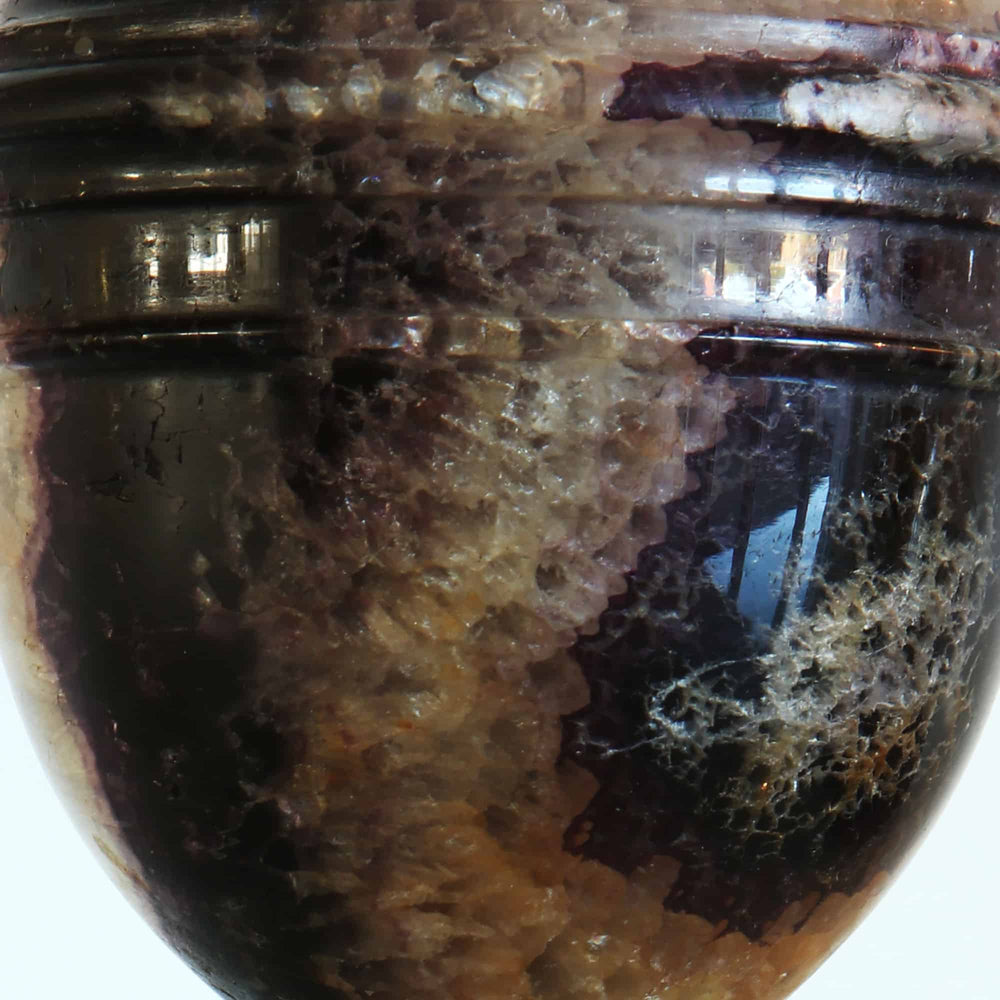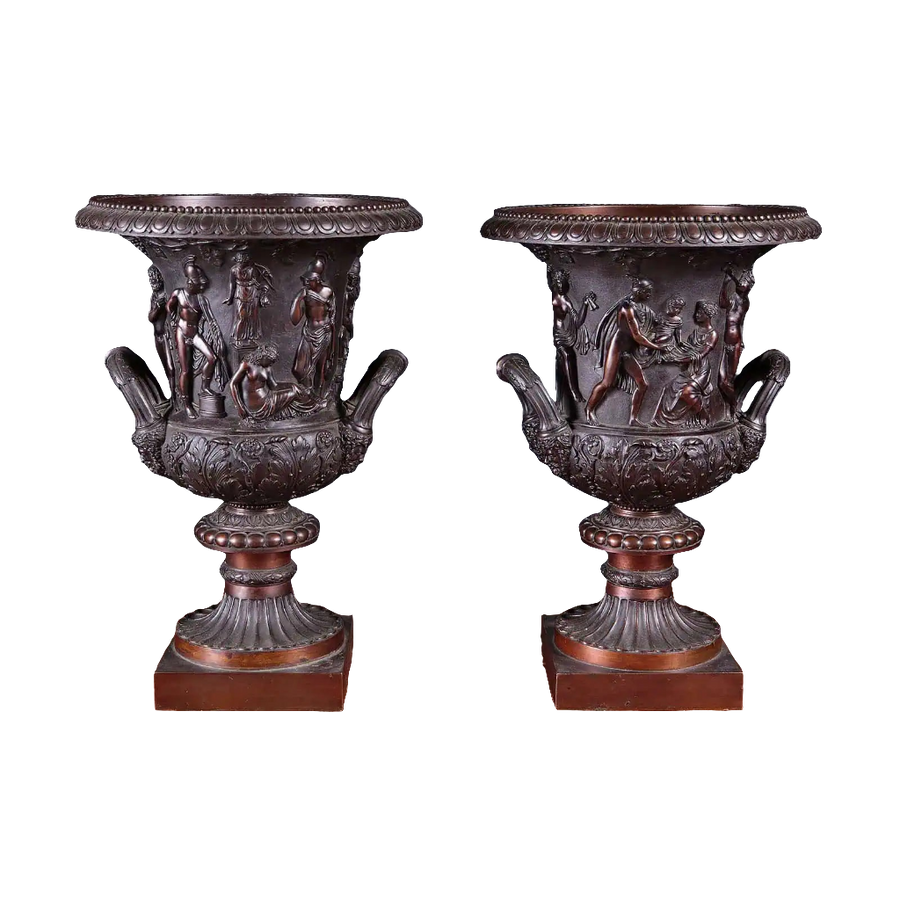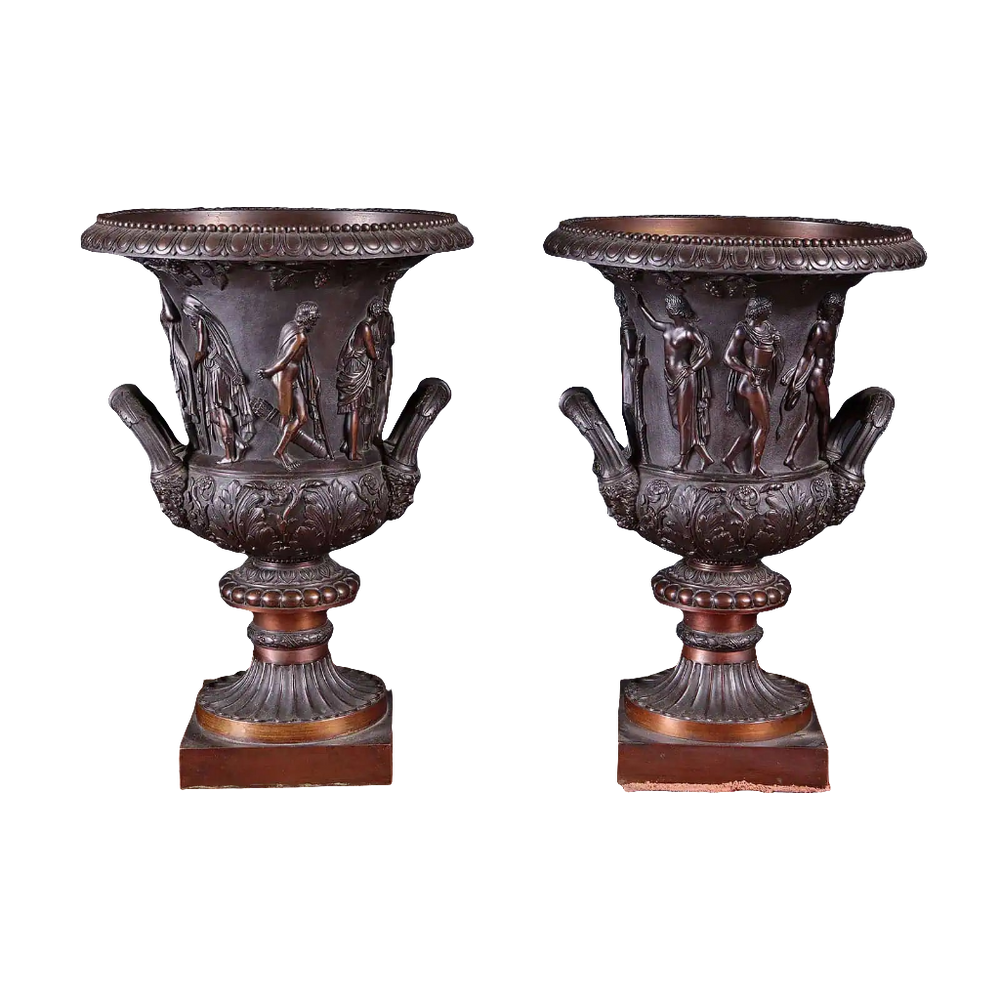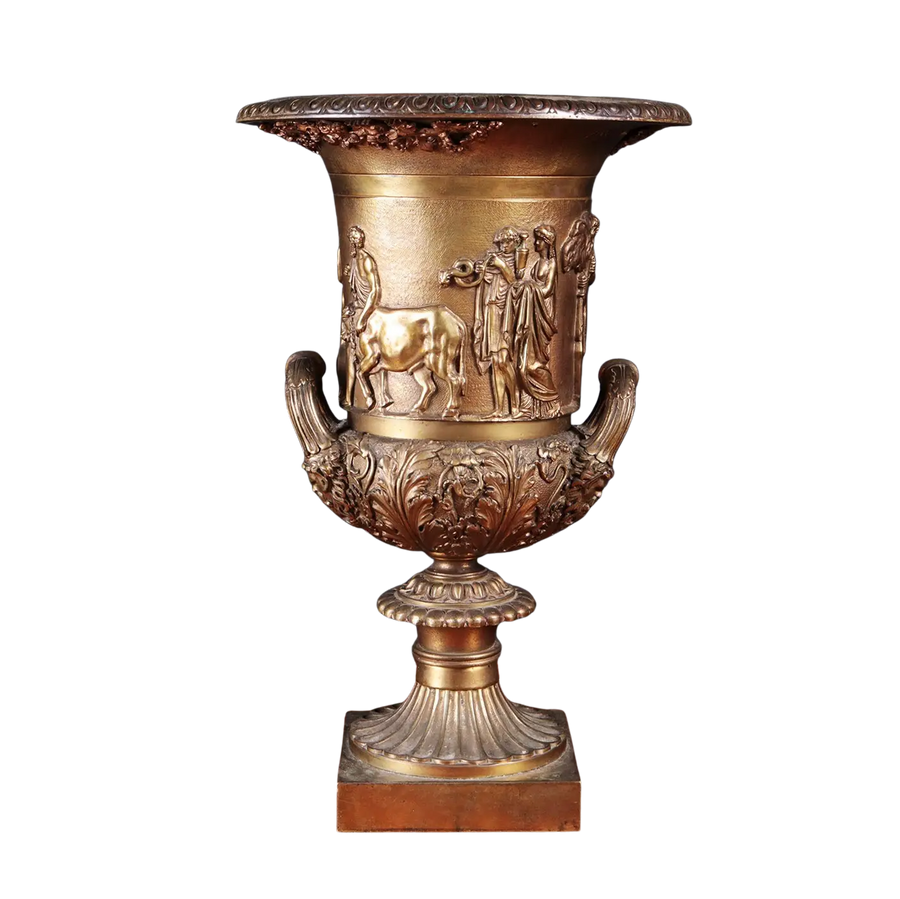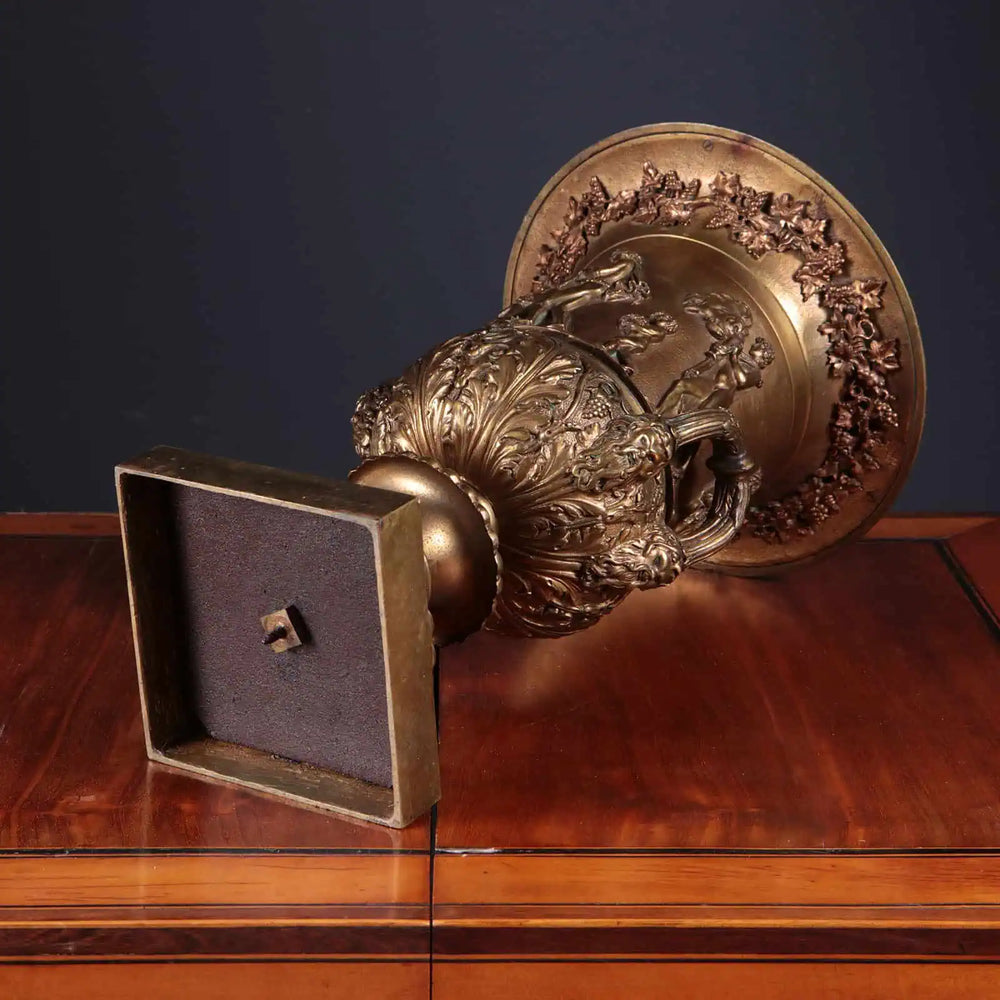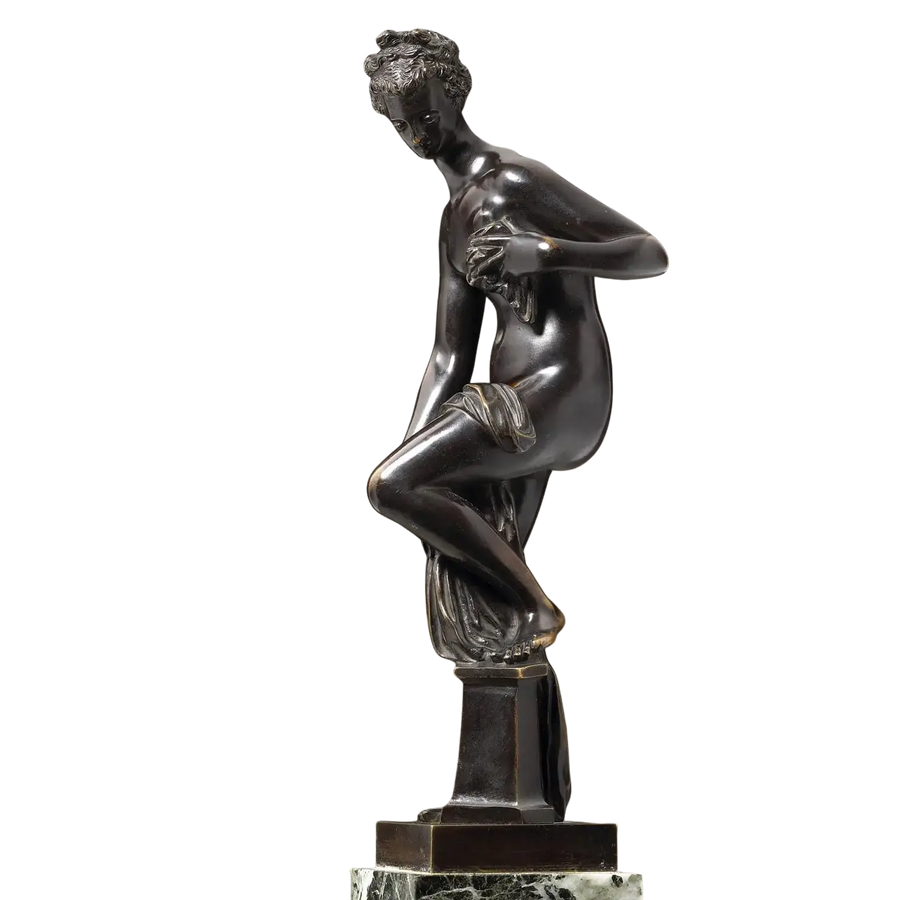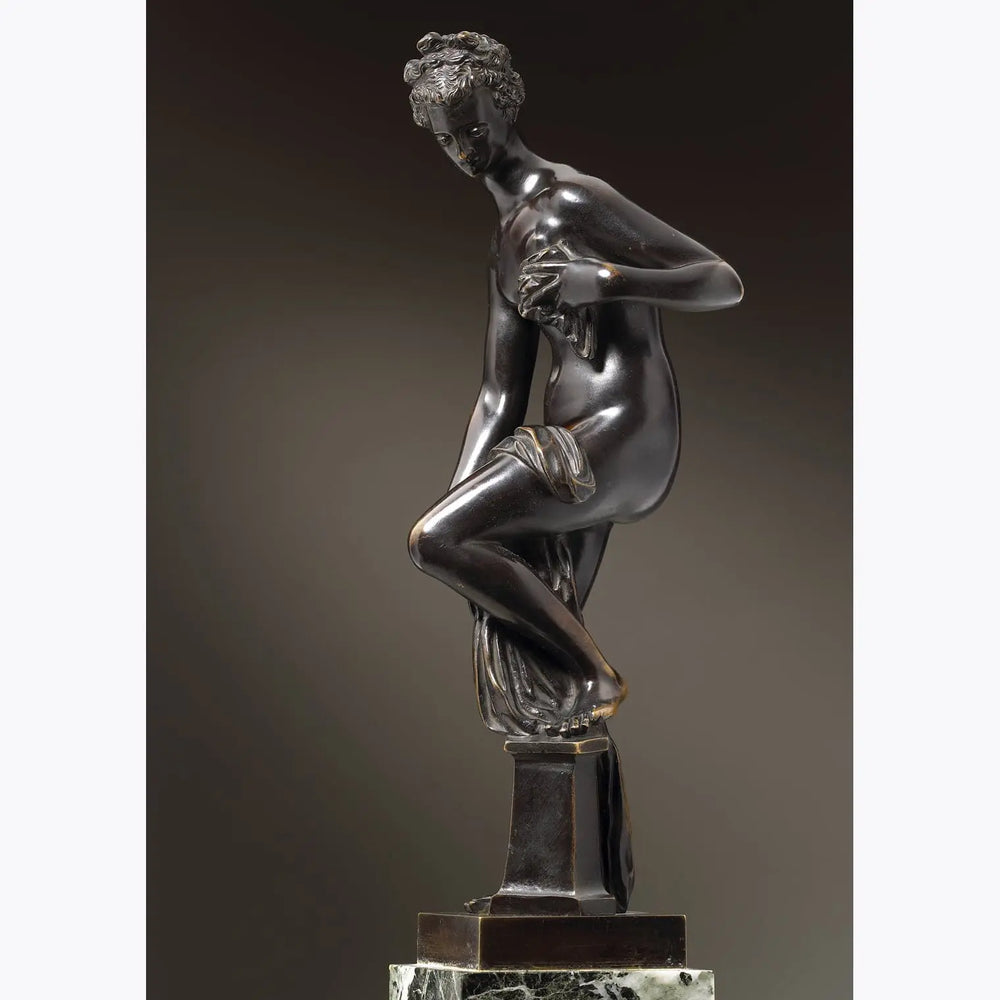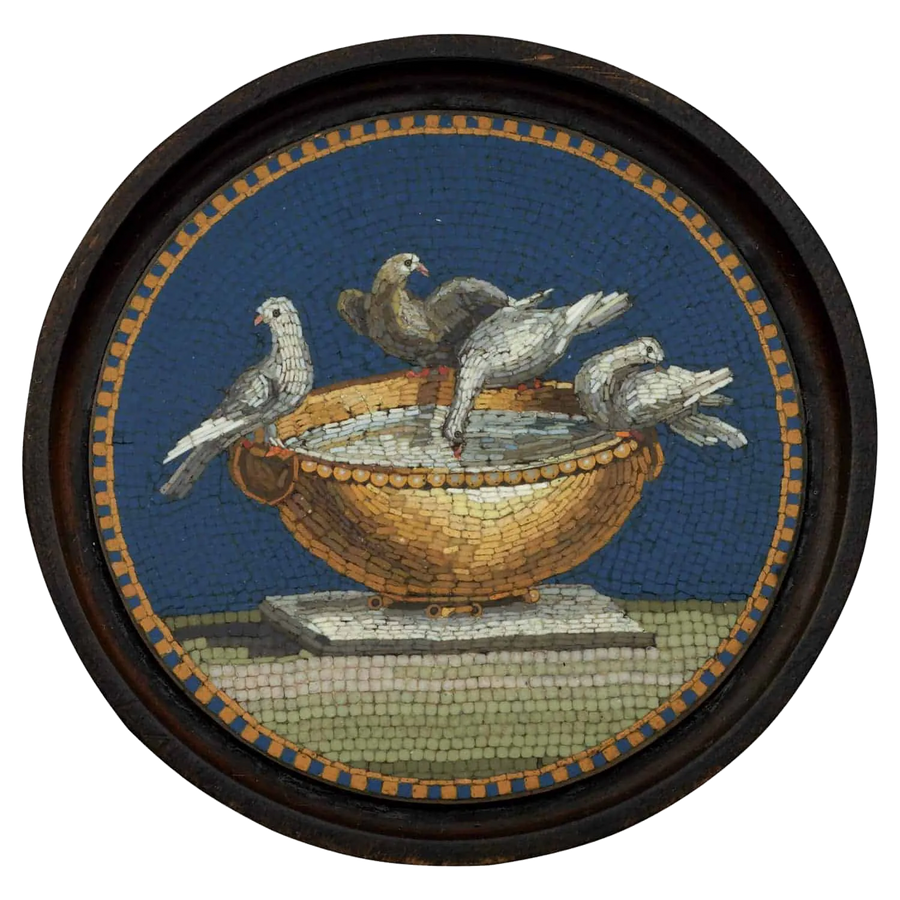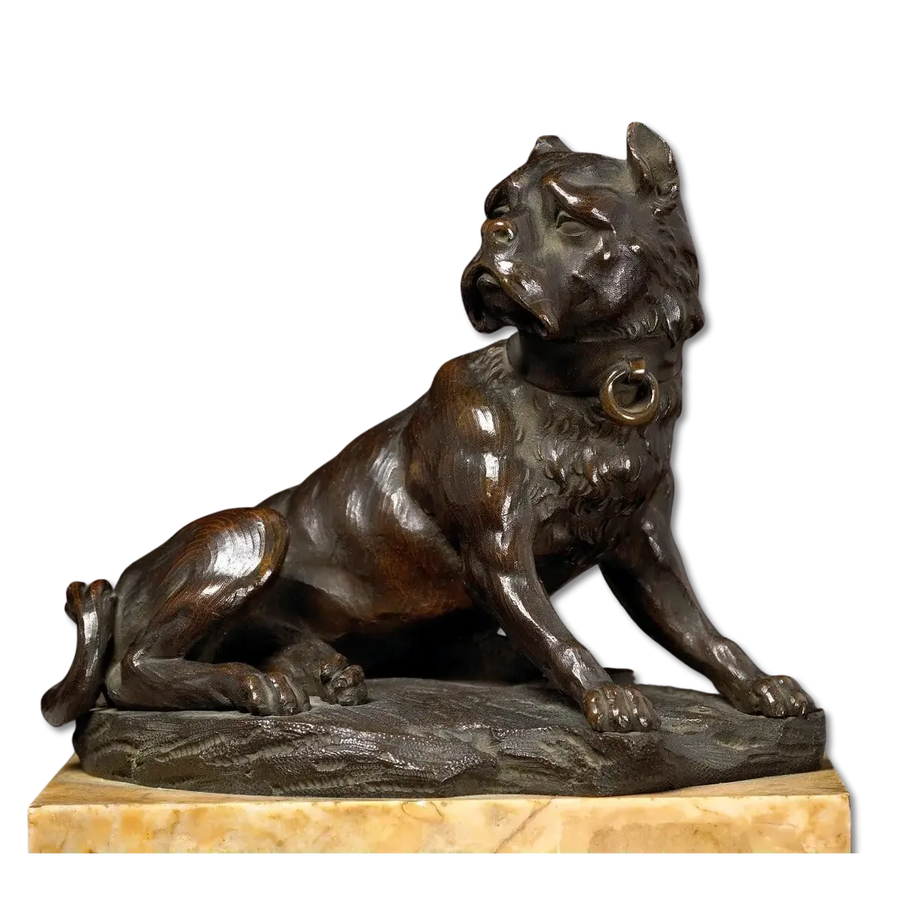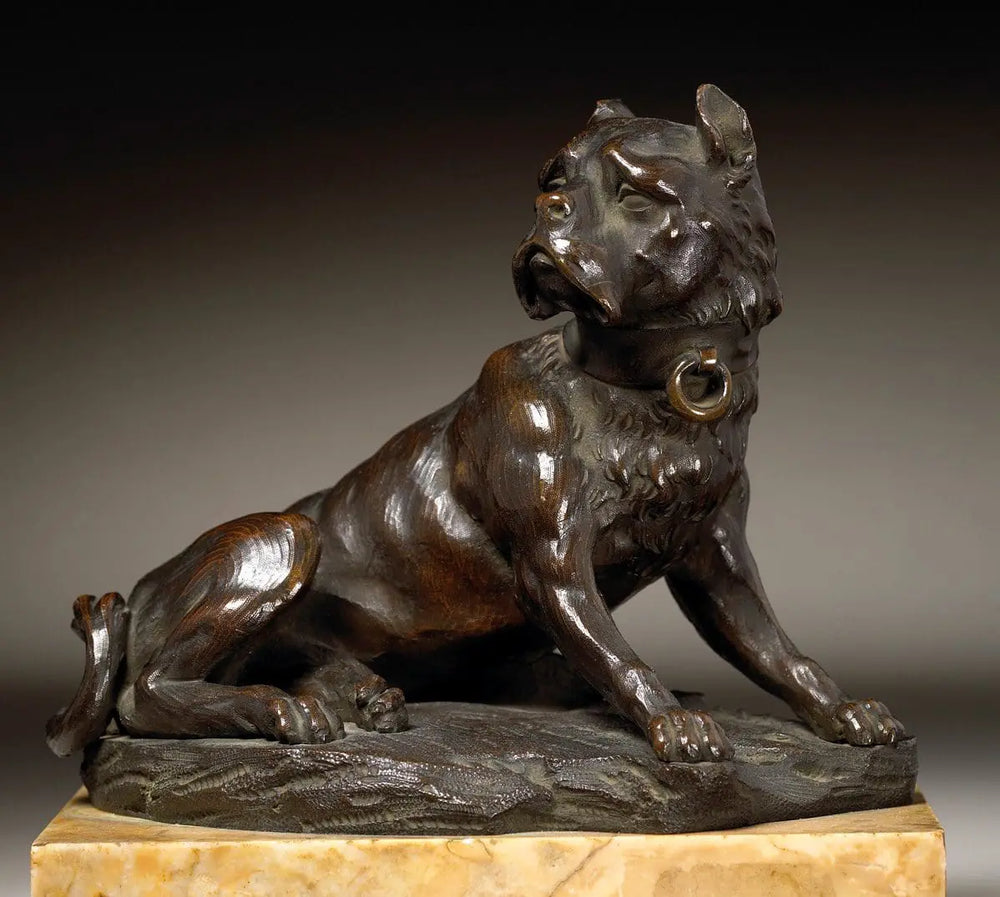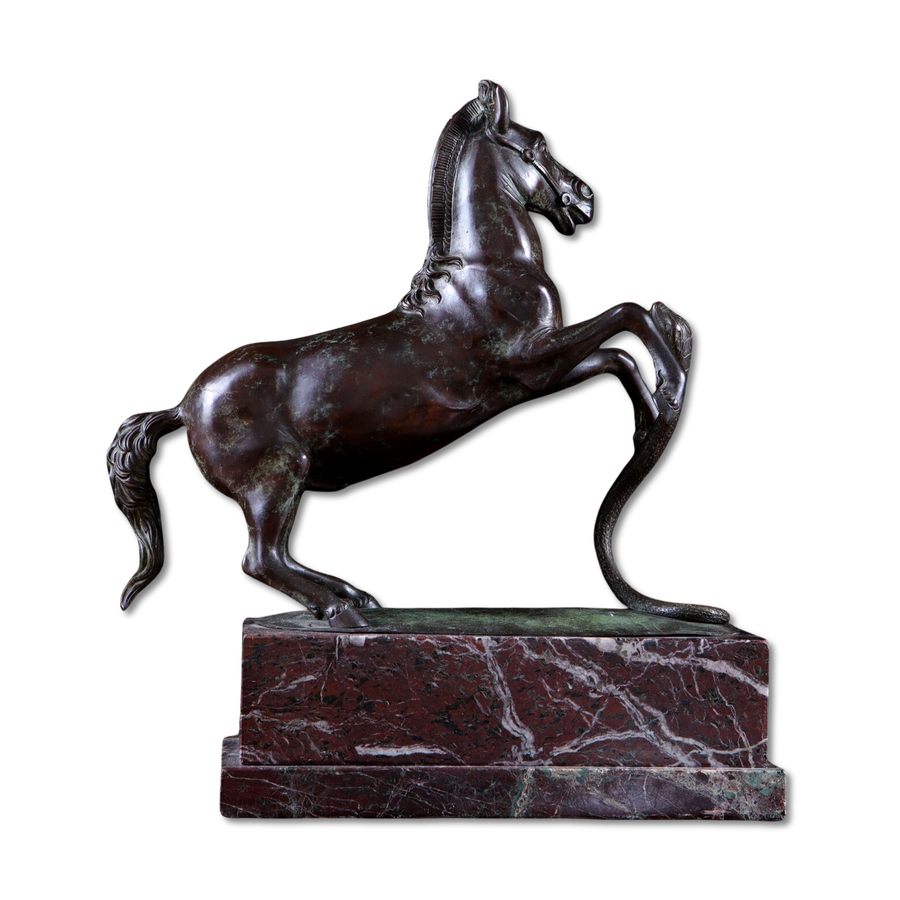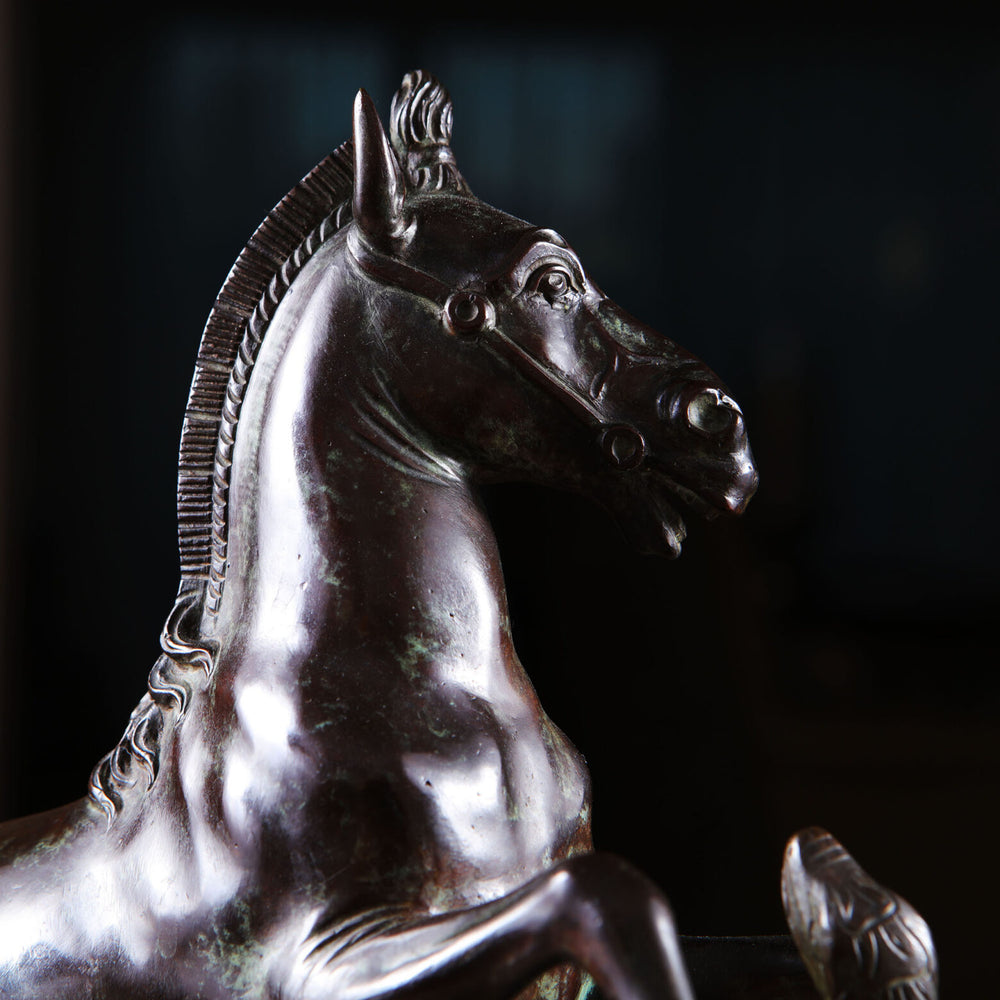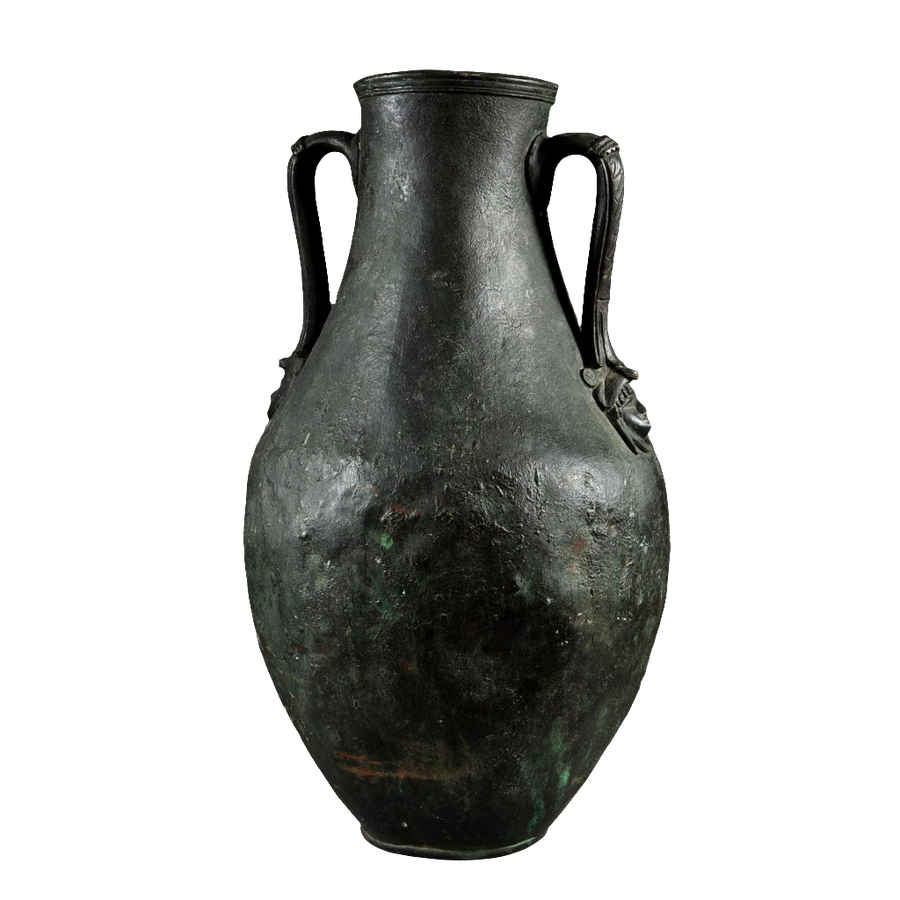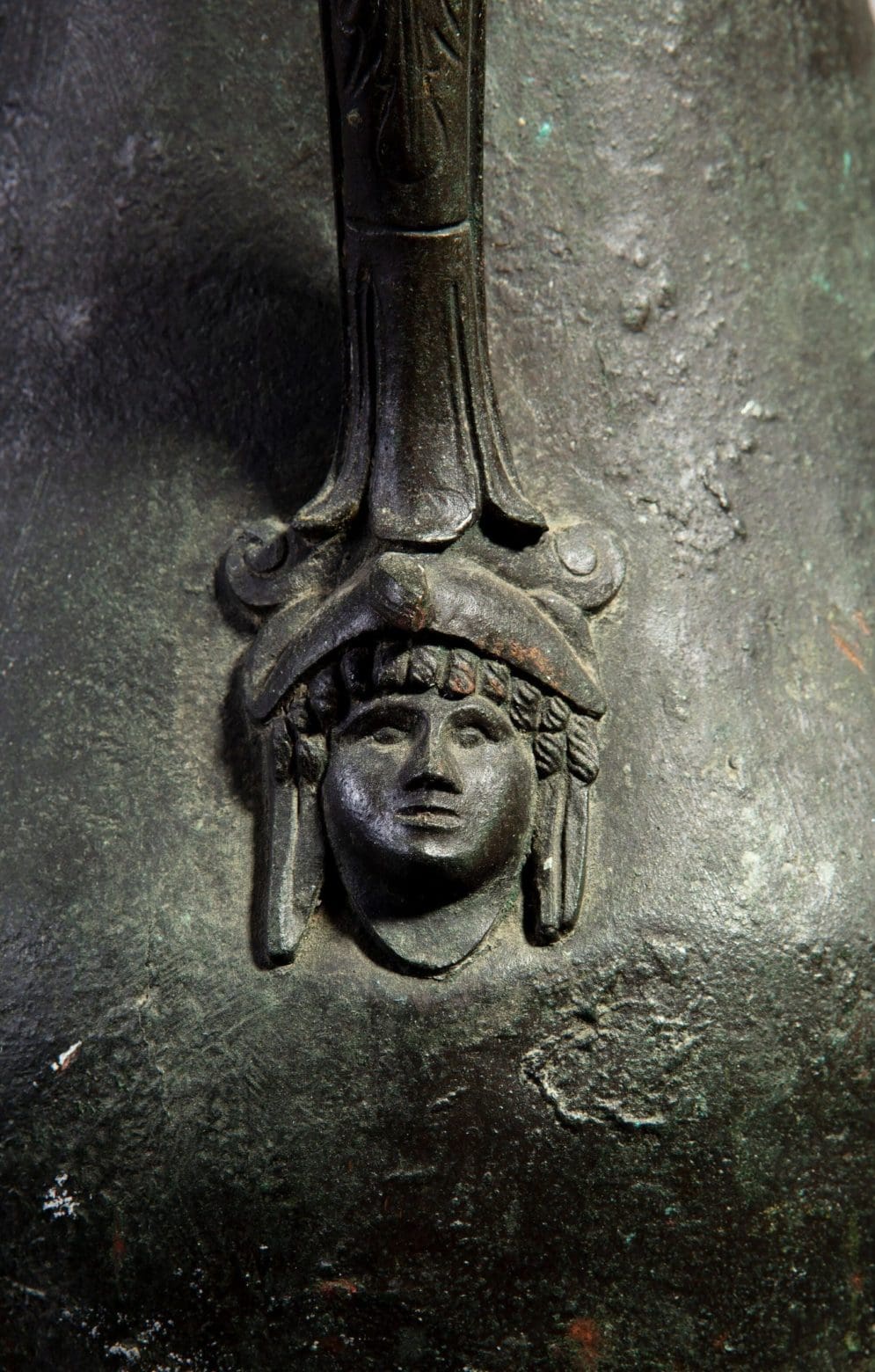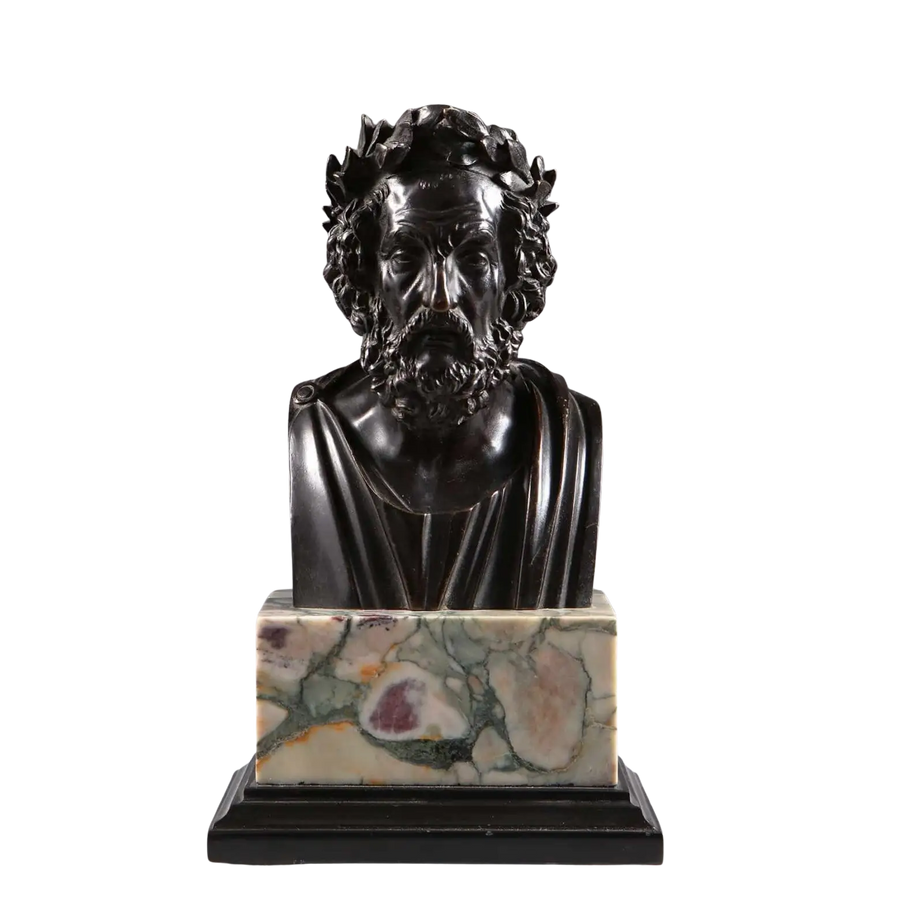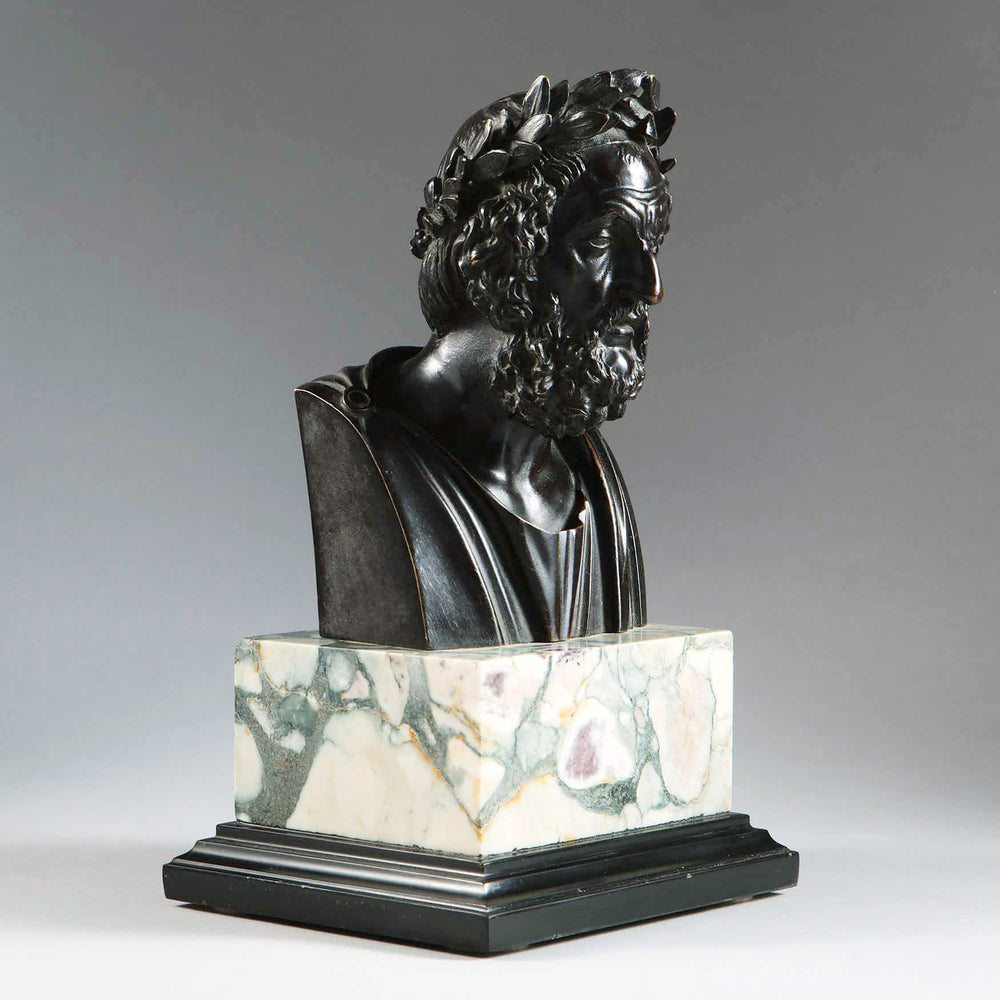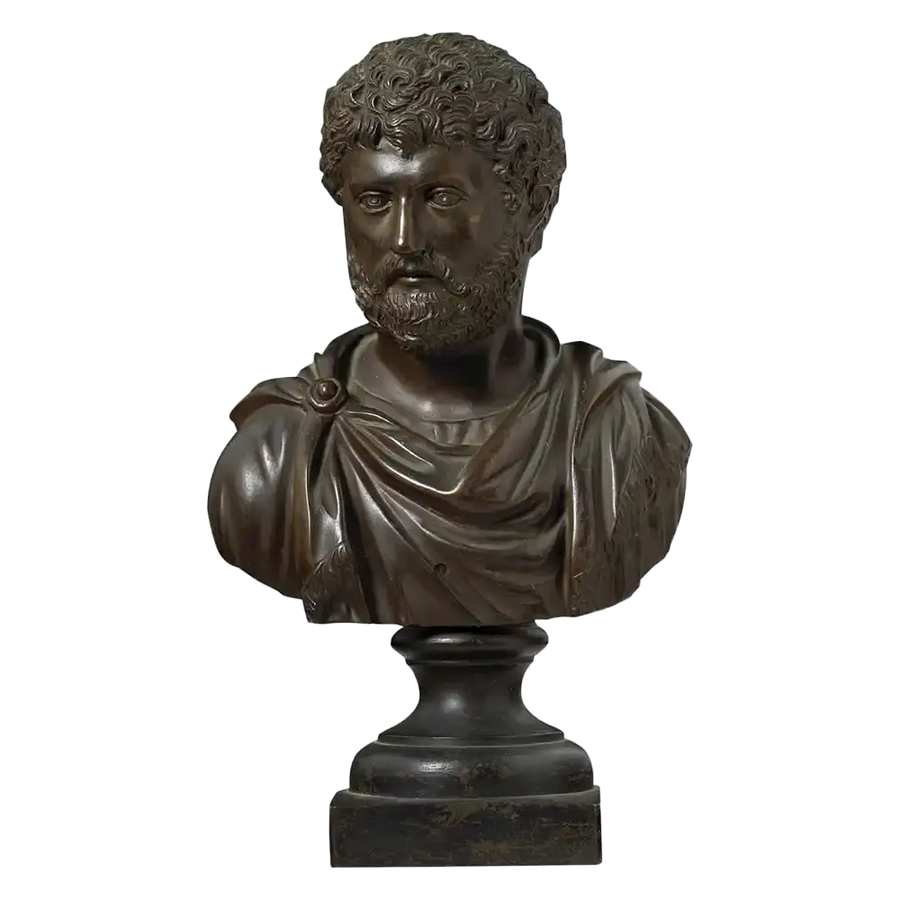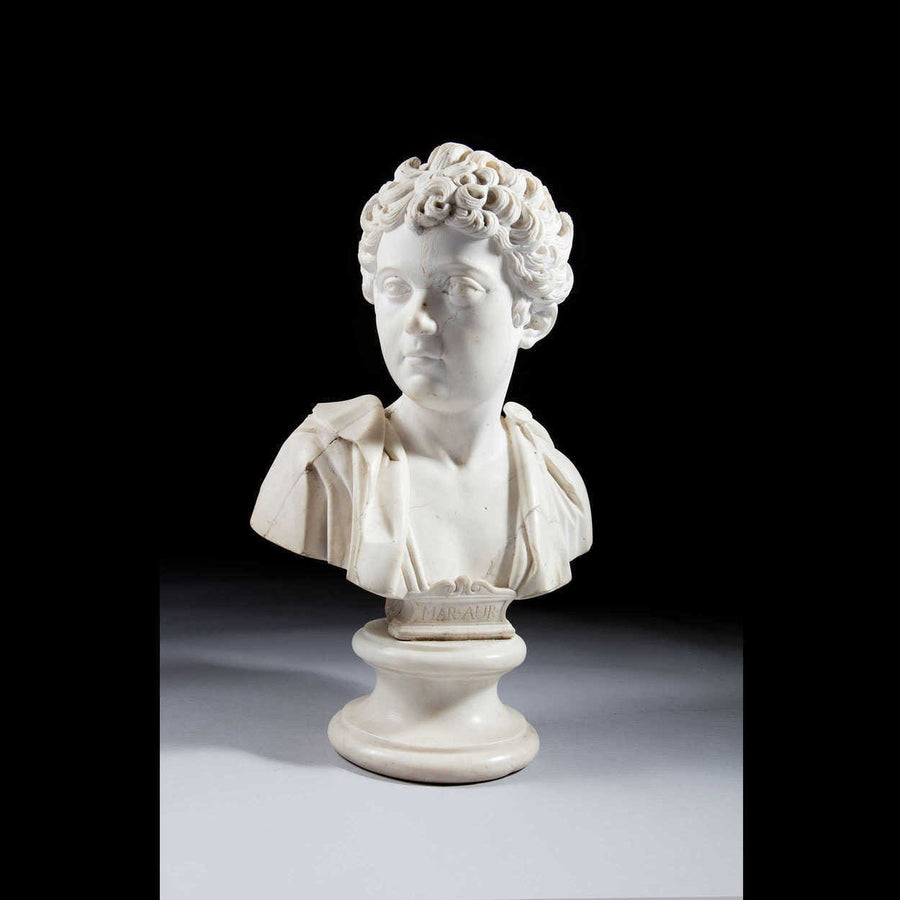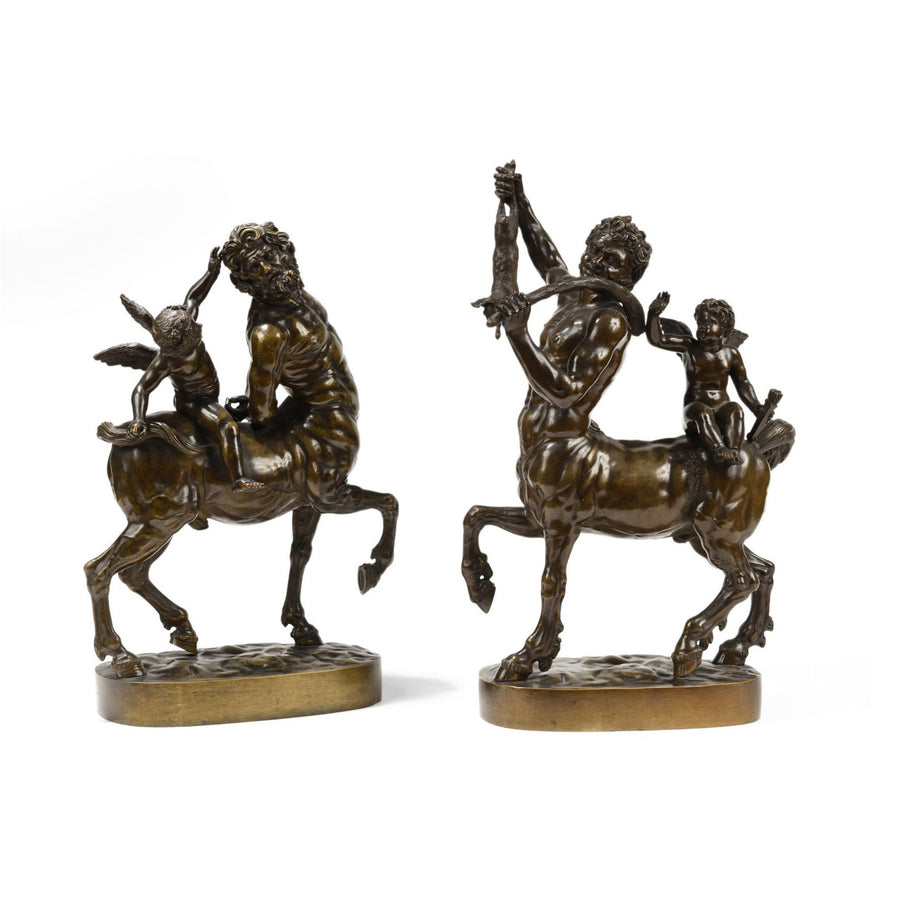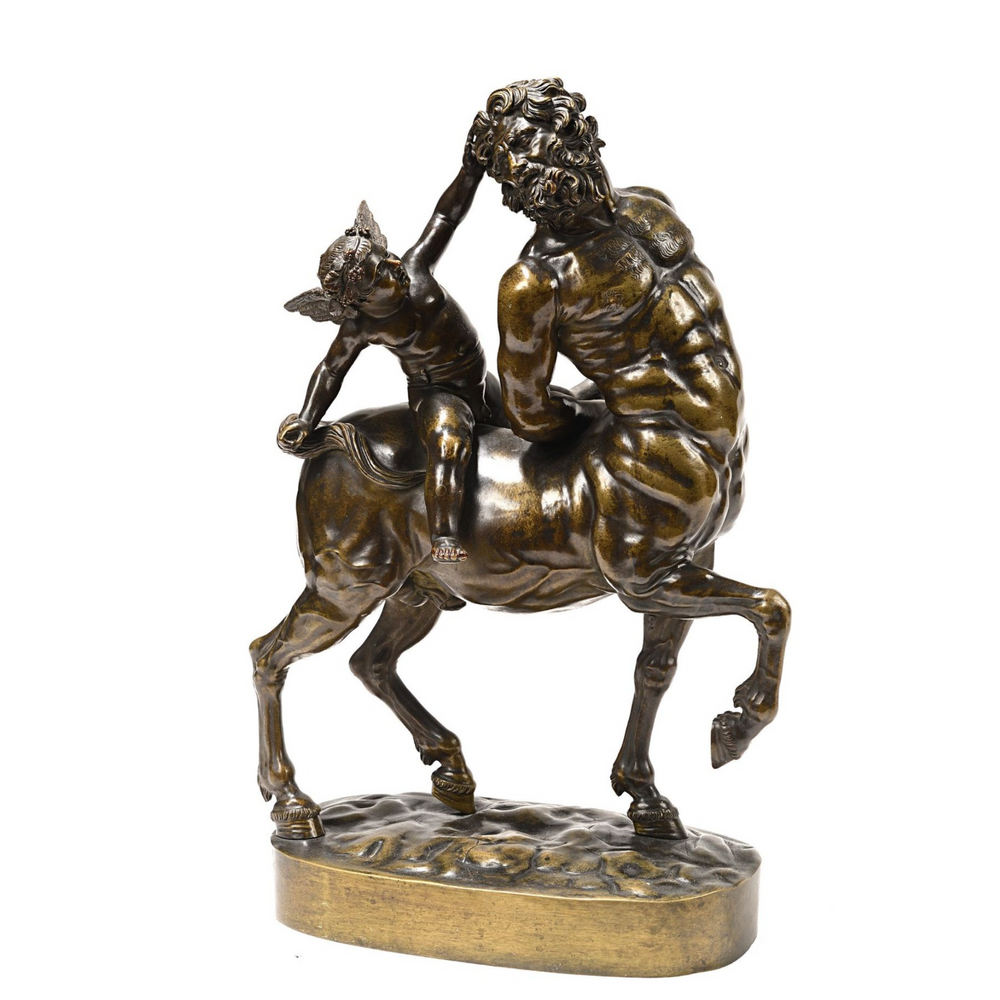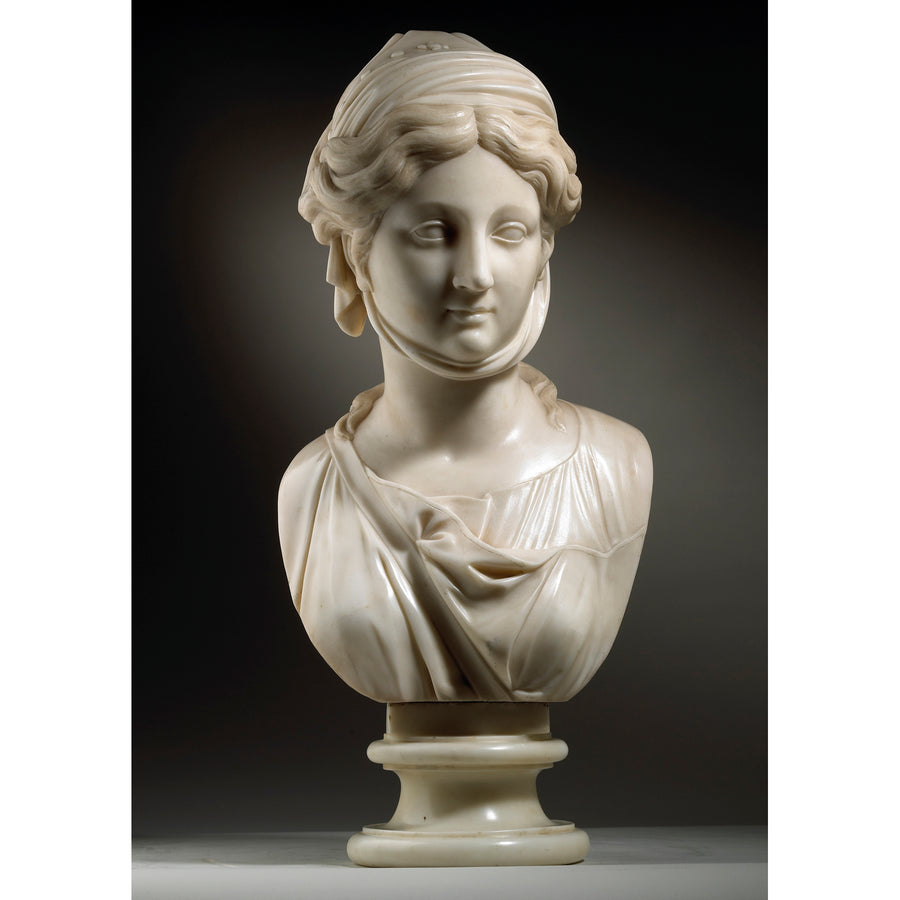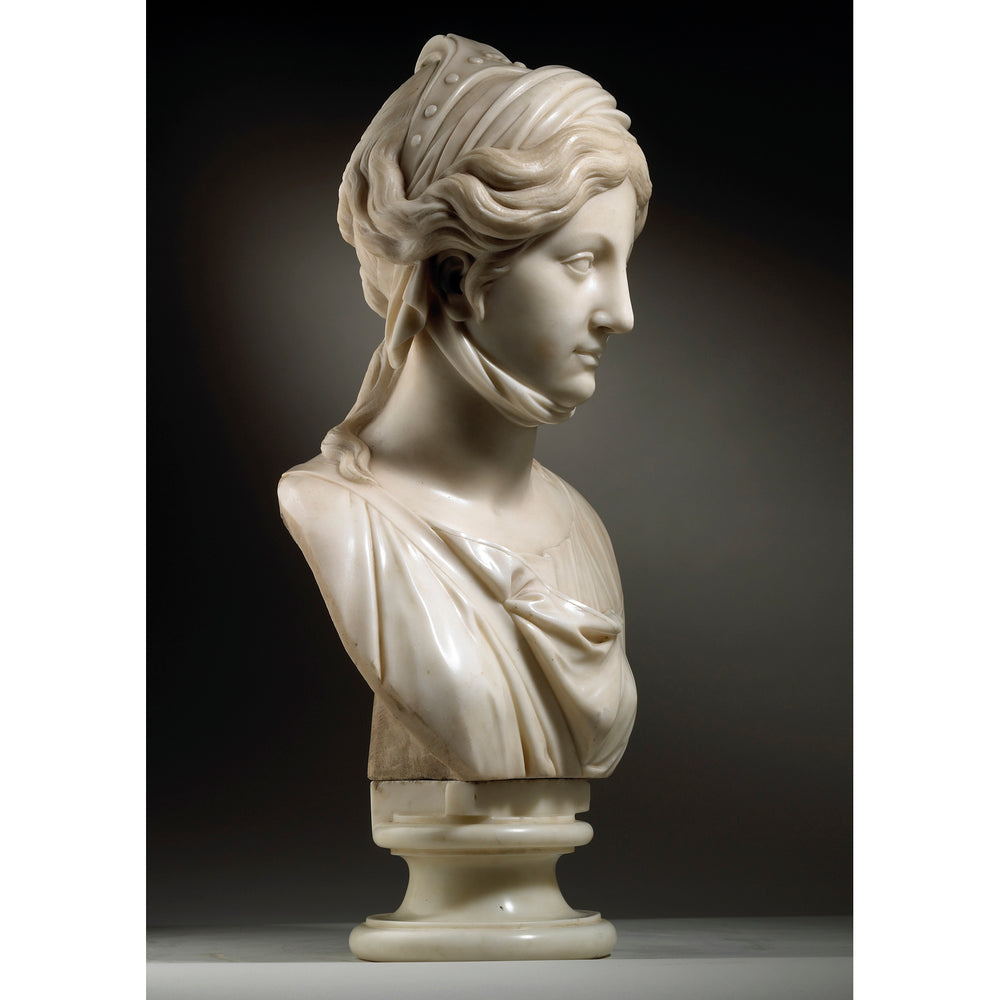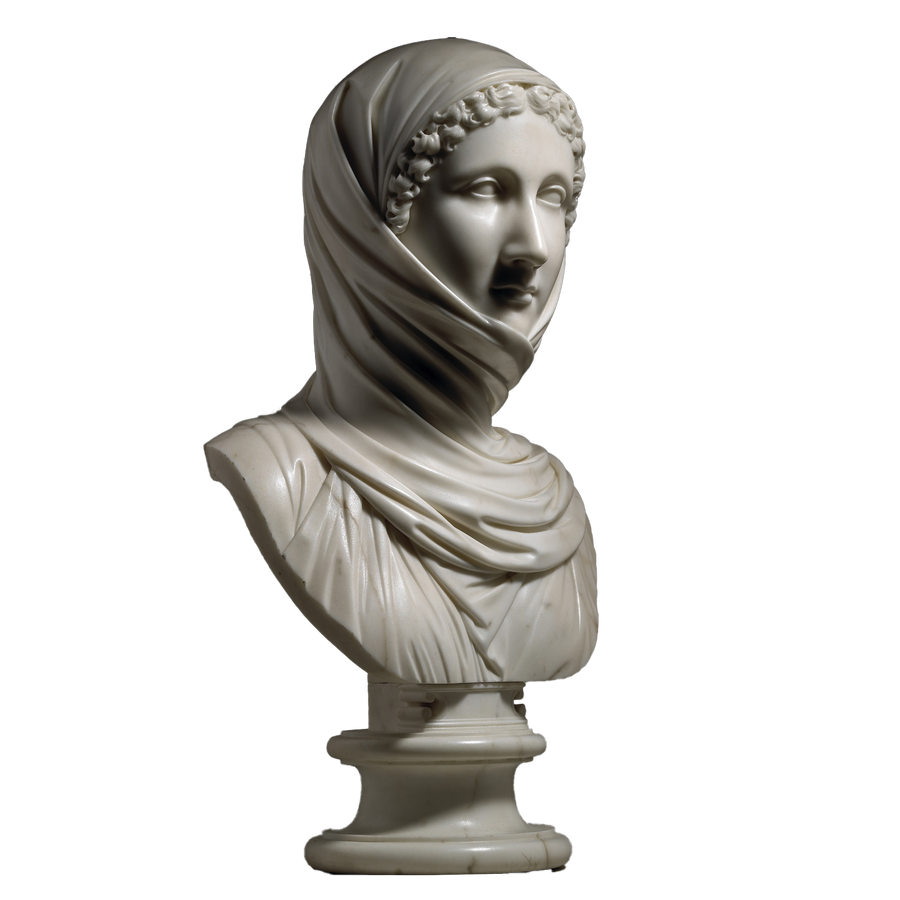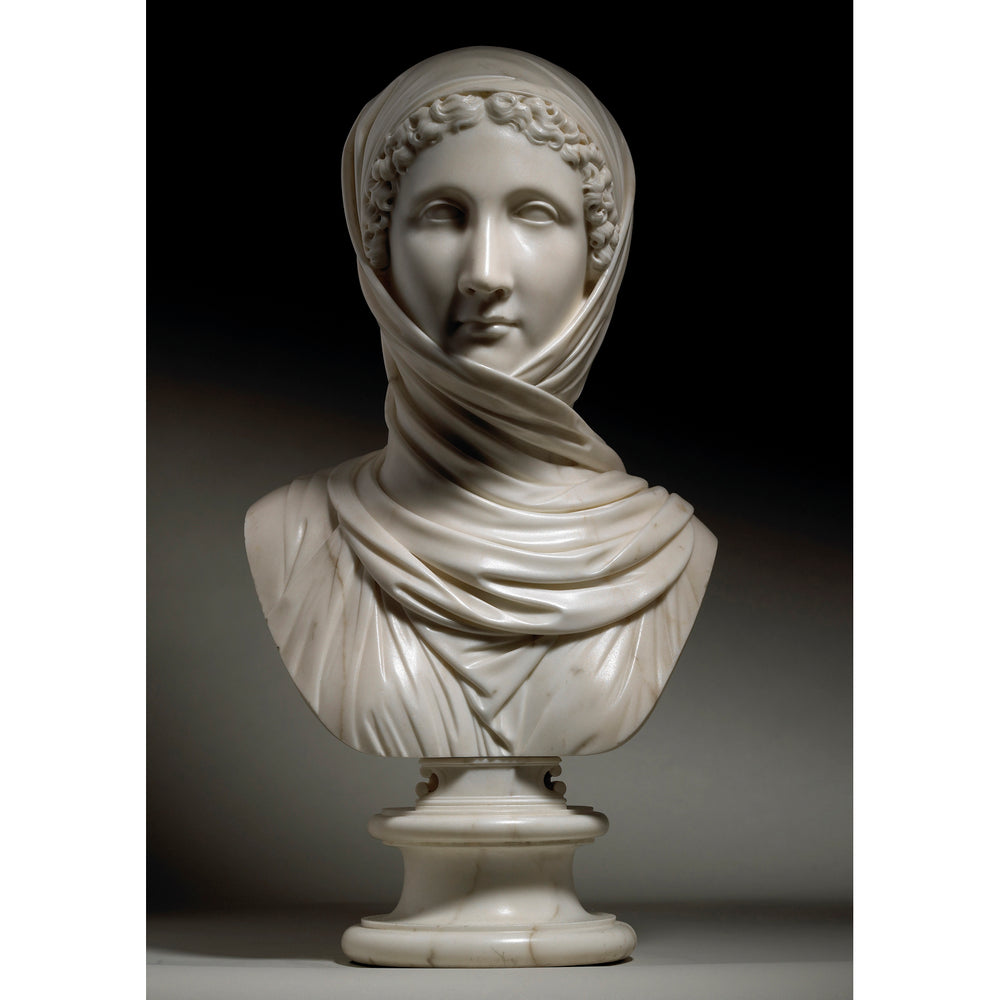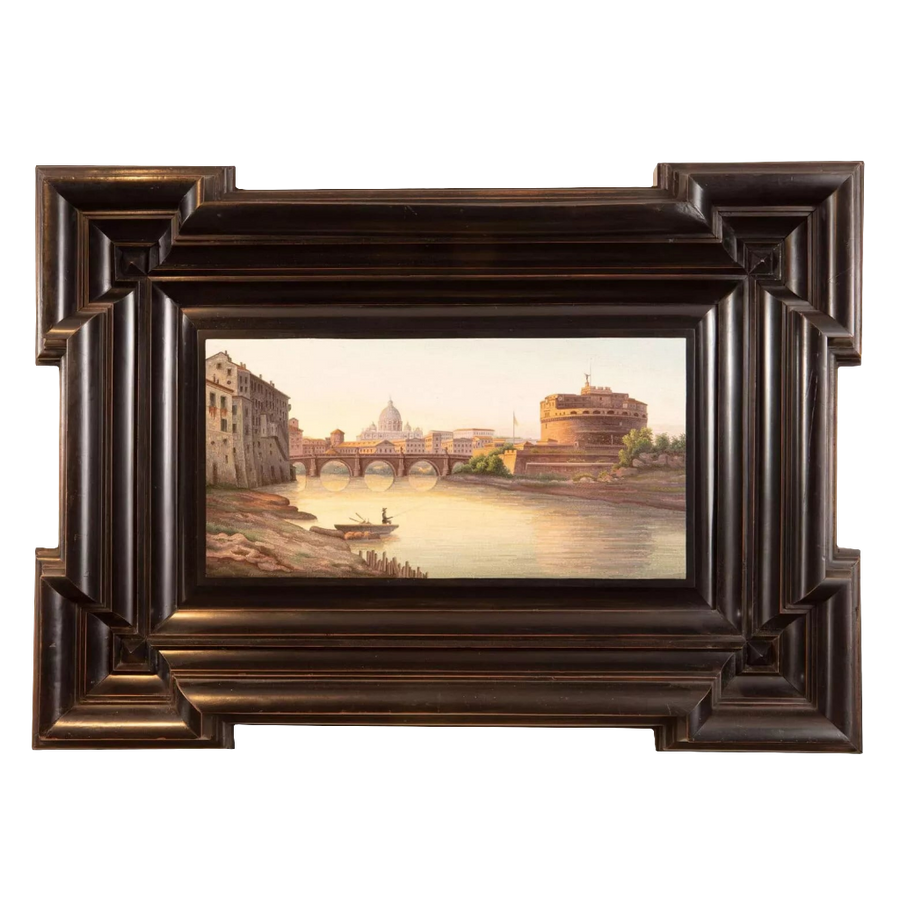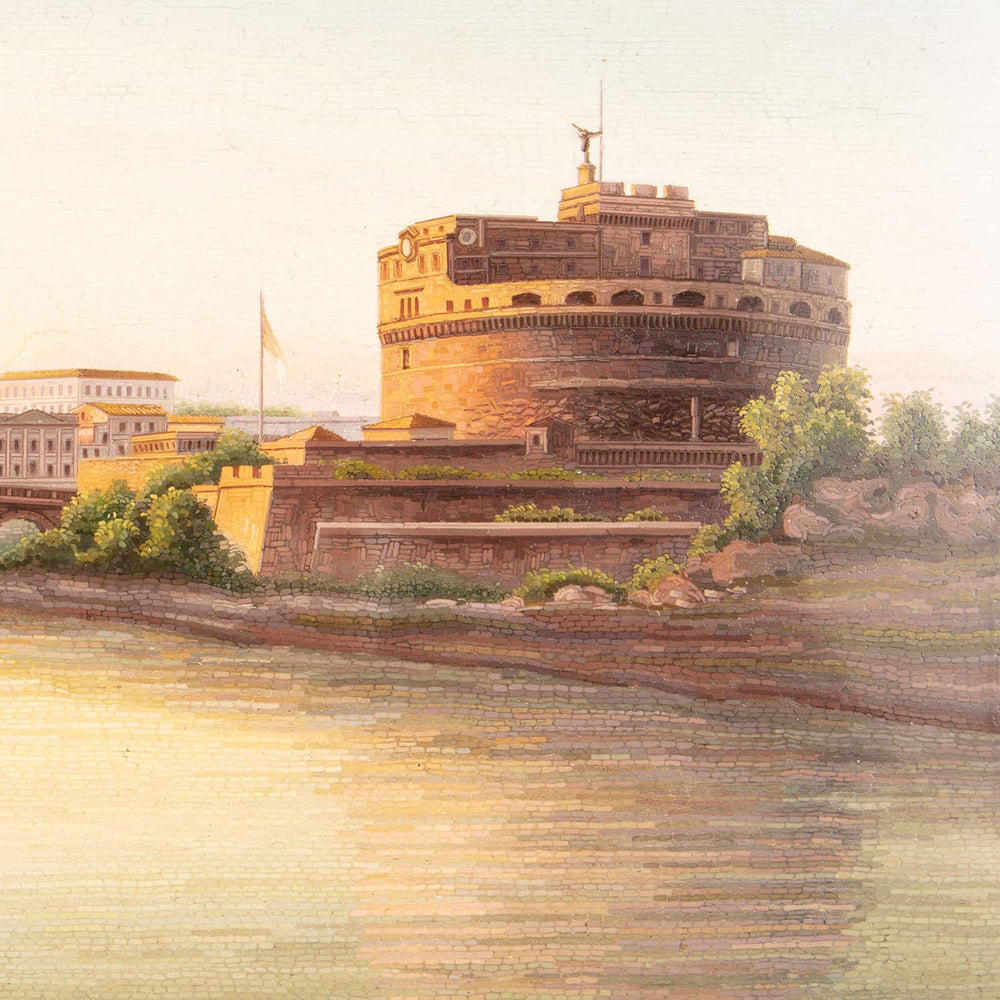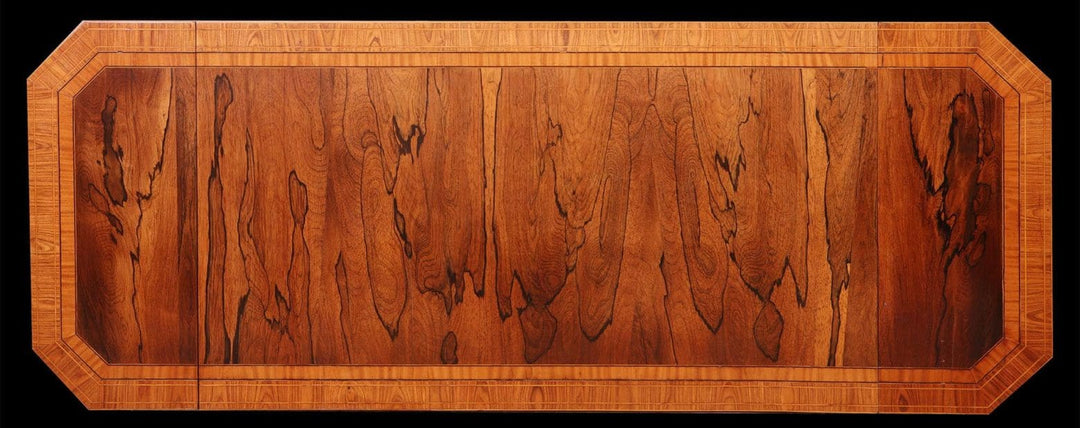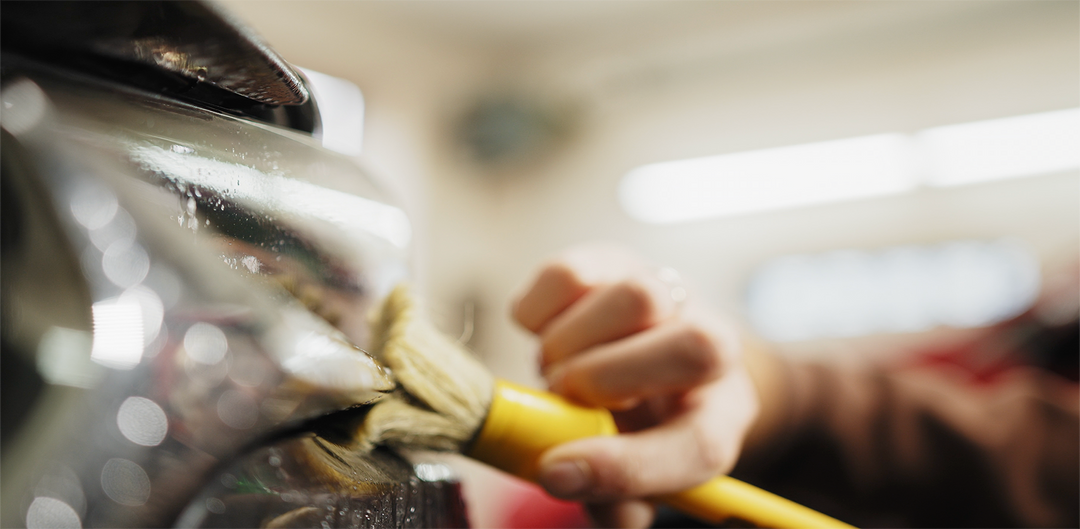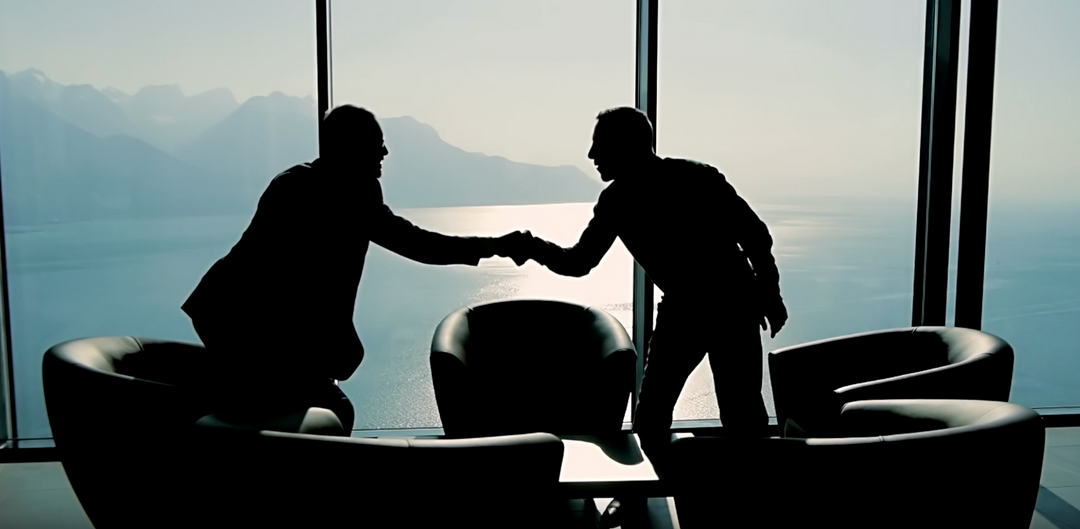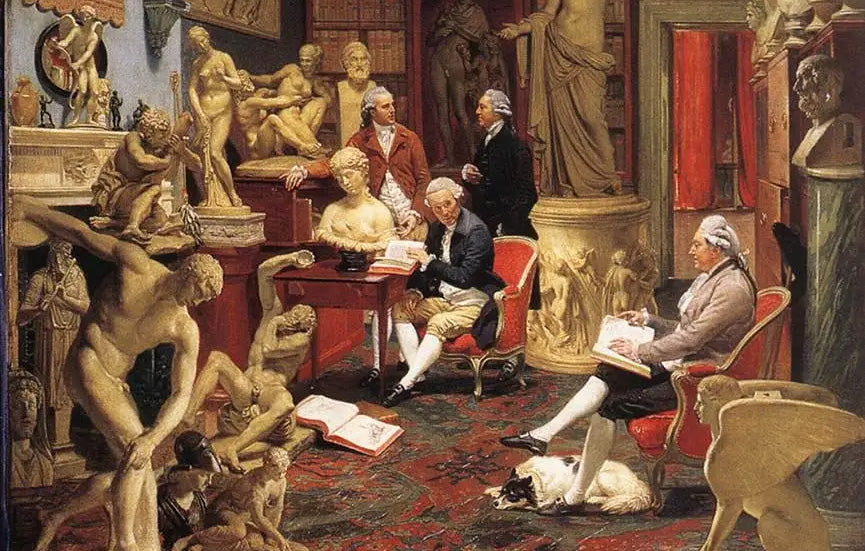
A Cultural Odyssey in Sculpture, Objects & Decorative Art
The Italian Grand Tour was more than a journey — it was a cultural odyssey, a formative experience for European aristocrats and intellectuals from the 17th to 19th centuries. Travellers to Rome, Florence, Venice, and Naples sought education through immersion in antiquity, bringing home carefully chosen souvenirs. These keepsakes were not mere trinkets, but symbols of sophistication, scholarship, and worldly prestige.
At Nicholas Wells Antiques, we celebrate this legacy with an exquisite collection of Grand Tour sculptures, objects, and furniture. Each piece is a tangible link to this golden age of travel and cultural enrichment, embodying neoclassical taste and intellectual curiosity.
Sculptures: Emblems of Antiquity
Sculpture was at the heart of the Grand Tour. Travellers returned with busts after the antique, bronze reductions of classical statues, and neoclassical marble works, often displayed in libraries and galleries as emblems of learning. These works were supplied by skilled Roman marchands-merciers and continue to capture the timeless allure of antiquity.
A Diverse Array of Souvenirs
The Grand Tour extended beyond sculpture. Collectors also brought home:
-
Furniture in the neoclassical style, often richly inlaid.
-
Jewellery and silverware inspired by classical motifs.
-
Specimen marble objects and table tops, showcasing stones from across the Italian peninsula.
-
Micromosaics and scagliola panels, reflecting the virtuosity of Italian decorative workshops.
Each piece in our collection reflects not only the artistry of its maker but also the discerning eye of the traveller who once selected it as a lifelong reminder of their odyssey.
Highlights of the Collection
-
Italian Neoclassical Carved Marble Vase – Rome, late 18th/early 19th century (£70,000).
-
Grand Tour Bust of Eros di Centocelle – Statuary marble on Siena plinth, circa 1800 (£55,000).
-
Ince & Mayhew George III Secretaire Breakfront Bookcase – English neoclassical furniture (£35,000).
-
Grand Tour Micromosaic Table attributed to Cesare Roccheggiani – A tour de force of mosaic artistry (£35,000).
-
Group of Three Scagliola Trompe l’Oeil Panels – Early 18th-century illusionistic panels (£30,000).
-
Grand Tour Breche Sanguine & Gilt Bronze Mounted Navicella – A rare marble galley sculpture (£28,000).
-
Bacchanalian Bronze Faun after Soldani – Italian bronze, circa 1800 (£18,000).
-
Bronze Bust of Lysimachus, after the Antique – Grand Tour souvenir of a Hellenistic ruler (£14,000).
-
Borghese Vase in Alabaster – Classical form with mythological motifs (£9,500).
-
Grand Tour Bust of Julius Caesar – Marble portrait, Rome, mid-19th century (£8,500).
-
Specimen Marble Table Top (Mallett Coffee Table) – Inset with 68 marbles (£7,500).
-
Giambologna “Cesarini Venus” Bronze – Classical revival, early 19th century (£5,800).
-
Micromosaic “Doves of Pliny” by Giacomo Raffaelli – Iconic Roman subject, circa 1800 (£4,500).
Prices range from £2,200 for smaller bronzes and busts to £70,000 for monumental neoclassical sculpture.
Frequently Asked Questions (FAQ)
What defines a Grand Tour object?
Grand Tour objects are works of art, furniture, and decorative items purchased by European travellers (primarily English) during their journeys to Italy and beyond in the 18th and 19th centuries. They often replicate classical models and serve as markers of learning and refinement.
Were these works made in antiquity or as reproductions?
Most Grand Tour pieces were created in the 18th–19th centuries, inspired by classical antiquity. Some are direct copies of ancient masterpieces, while others are neoclassical creations in the style of antiquity.
What materials were popular among Grand Tour collectors?
Common materials include marble, bronze, alabaster, Blue John, scagliola, specimen marbles, micromosaic, gilt bronze, and ormolu. These materials were chosen for their durability, rarity, and classical association.
How were these pieces used in interiors?
Grand Tour souvenirs were displayed in libraries, drawing rooms, and galleries. A marble bust might preside over a desk, while a micromosaic table could serve as both functional furniture and a showpiece of Italian craftsmanship.
Do you sell furniture as well as sculpture?
Yes. Our Grand Tour section includes secretaire bookcases, console tables, specimen marble tables, and giltwood furnishings reflecting neoclassical design.
What is the price range?
From £2,200 for smaller bronzes and busts to £70,000+ for museum-level marble vases and neoclassical masterpieces.
Do you provide provenance and research?
Where possible, we provide scholarly attributions, provenance details, and stylistic notes. Many pieces are tied to important makers or collectors.
Do you offer international shipping?
Yes. All objects are handled by fine art shippers with full insurance and secure packing.
✨ Explore Nicholas Wells Antiques’ Treasures of the Grand Tour – where souvenirs of antiquity and neoclassical refinement continue to inspire collectors and connoisseurs.




